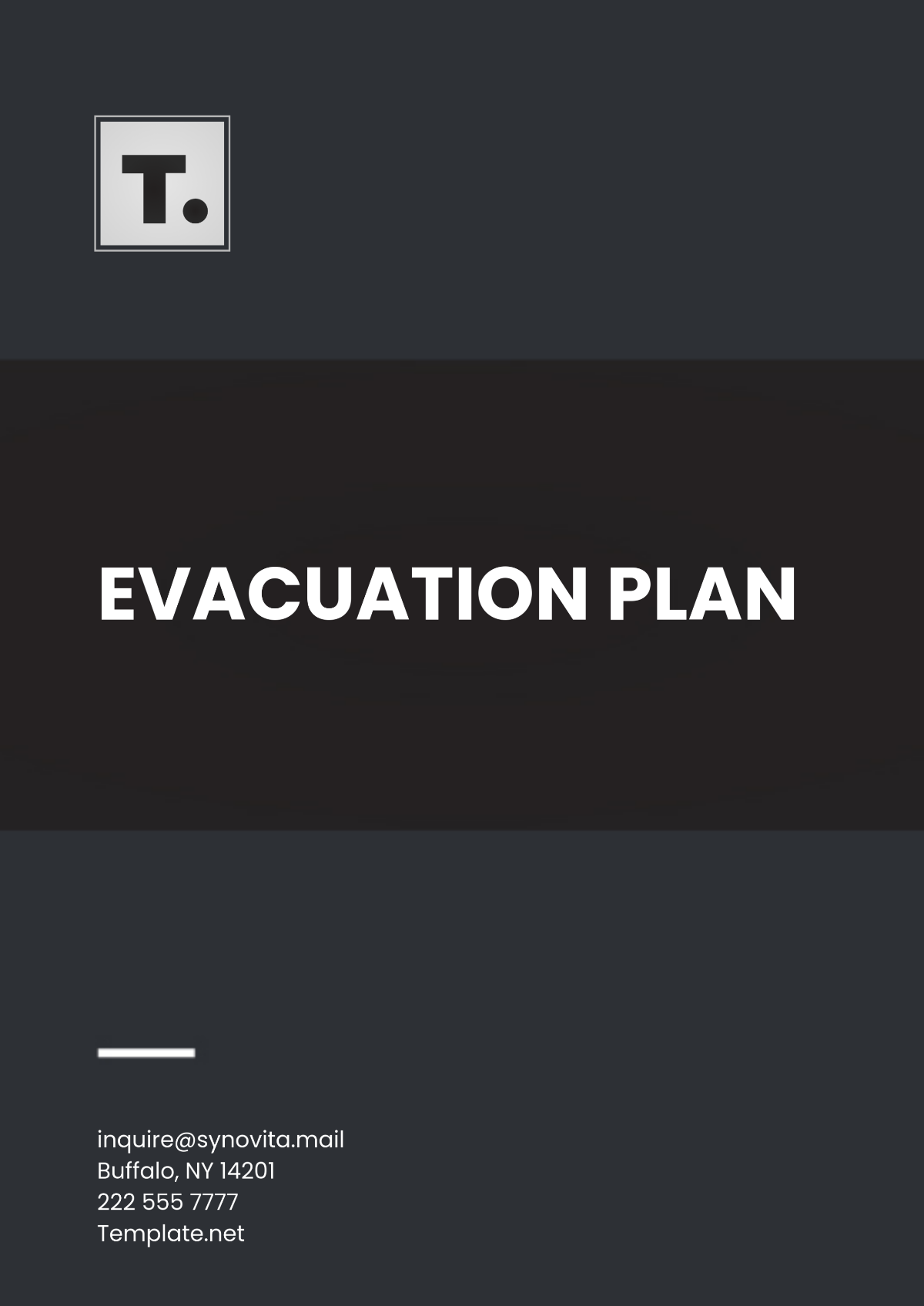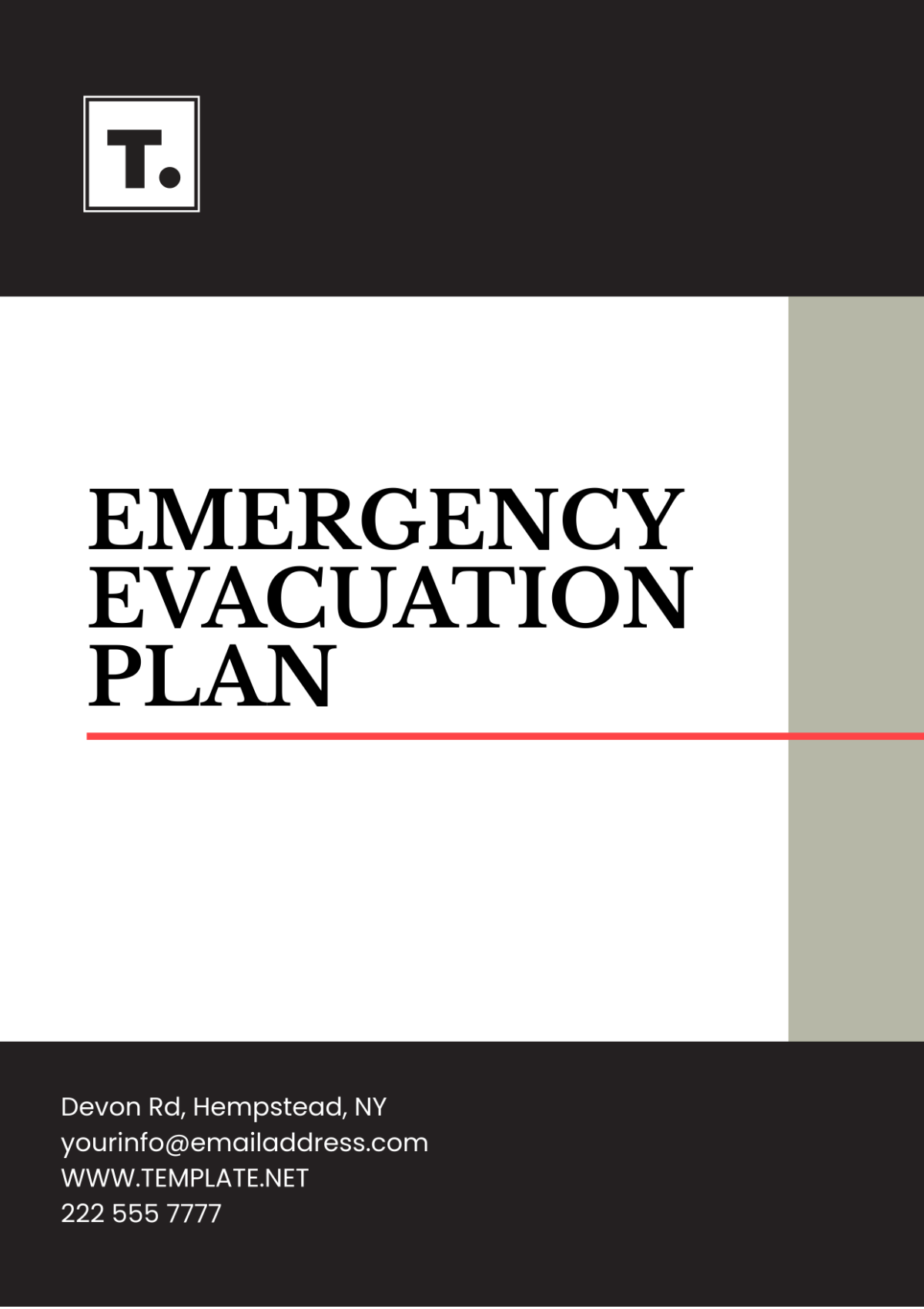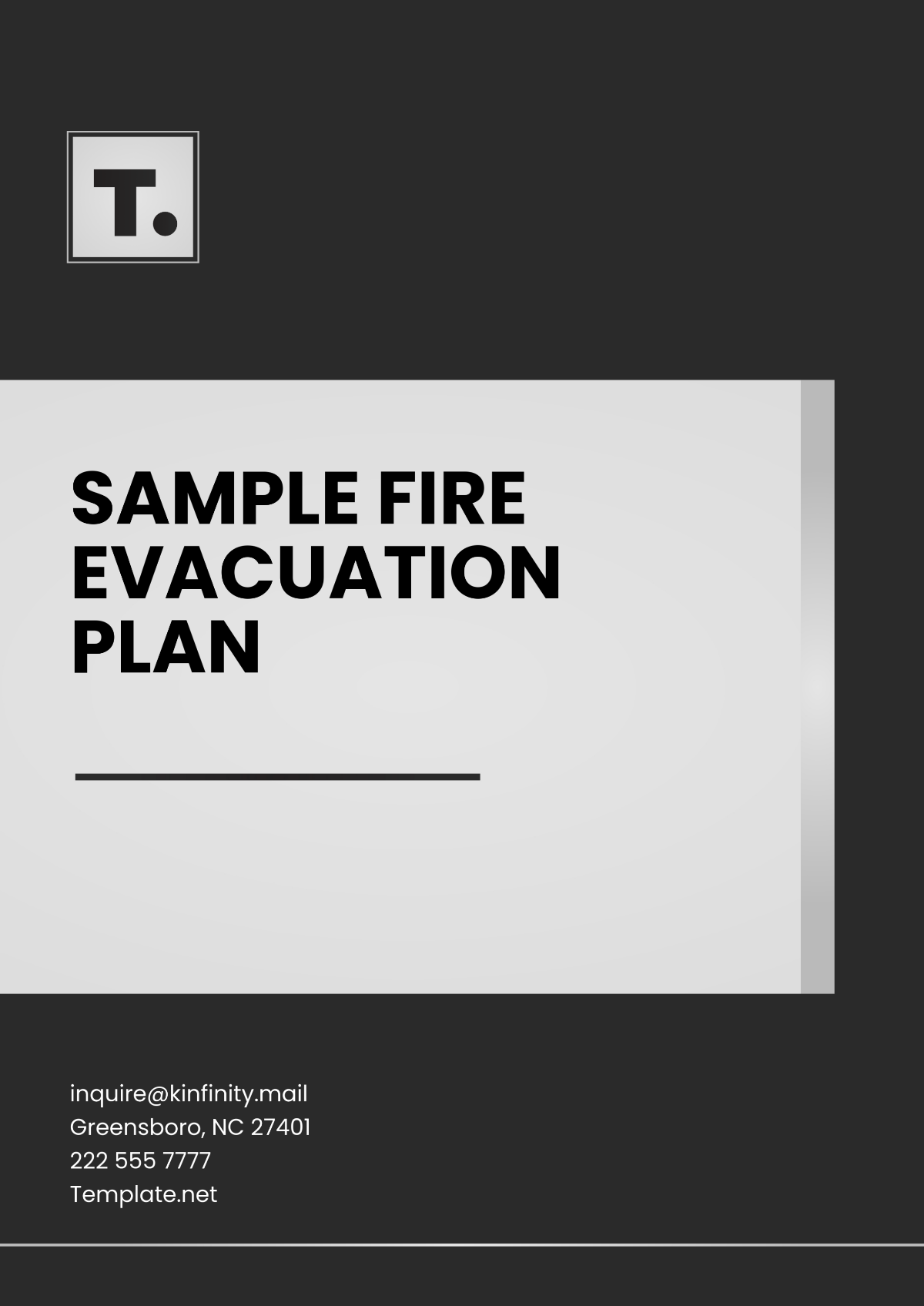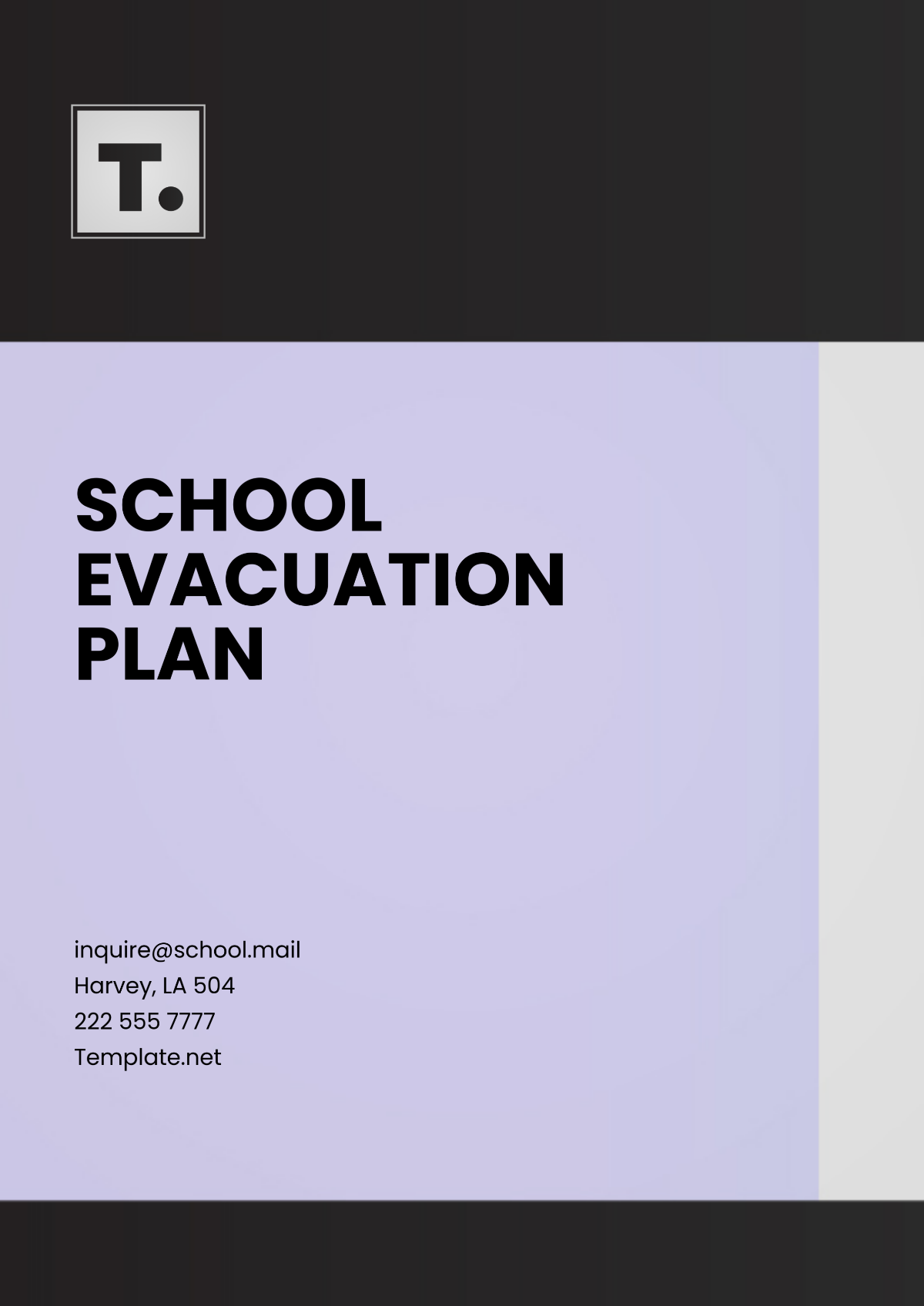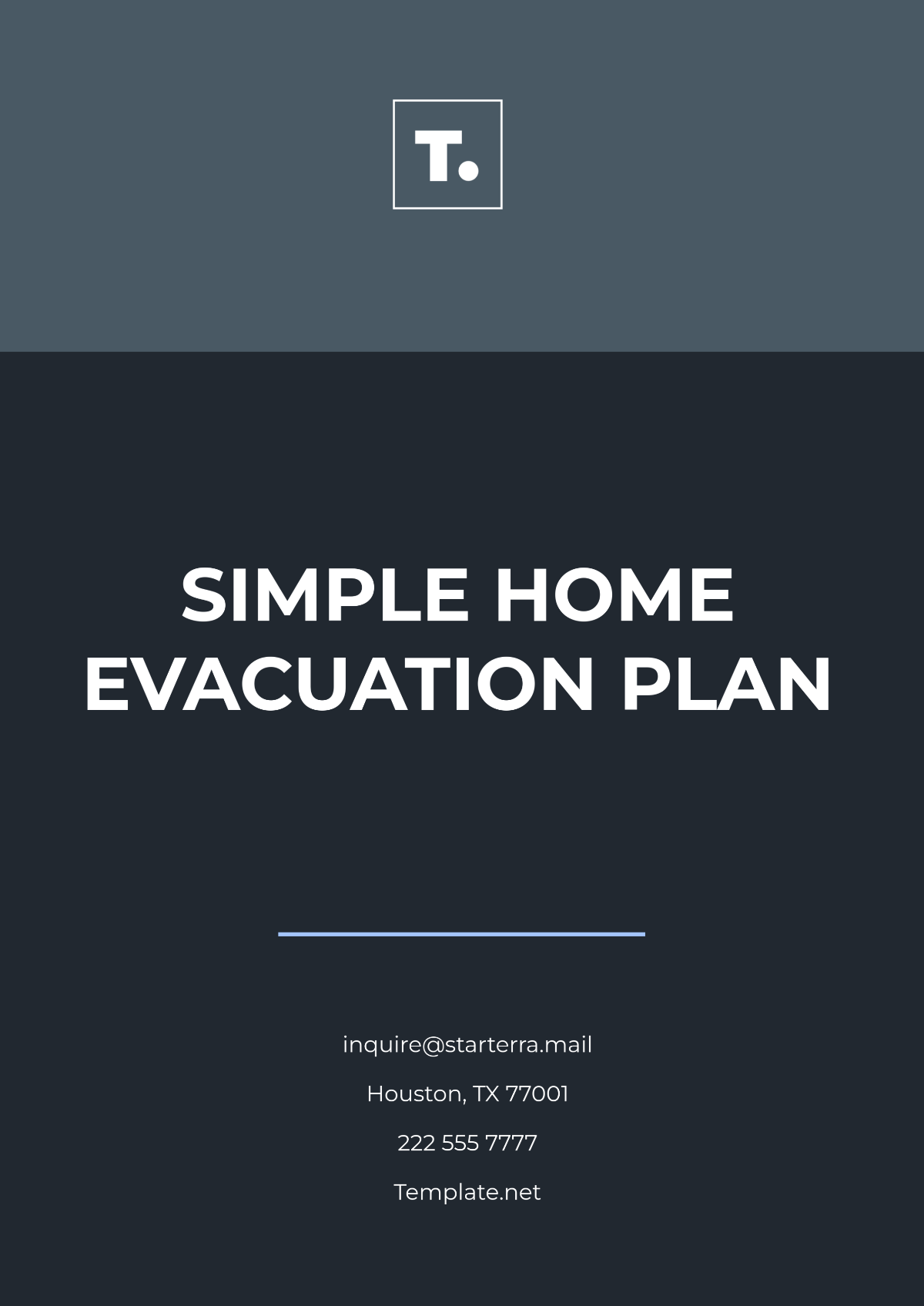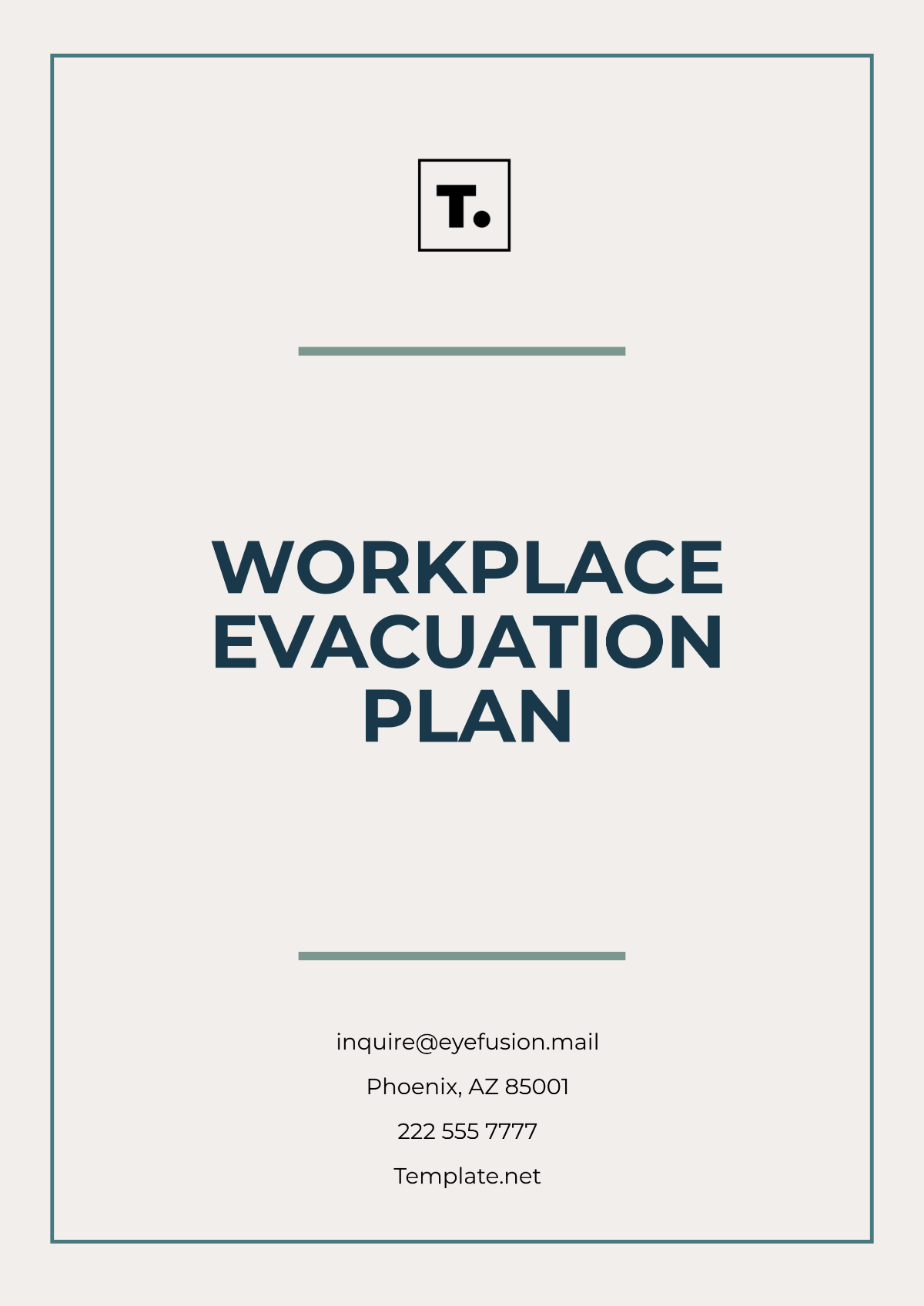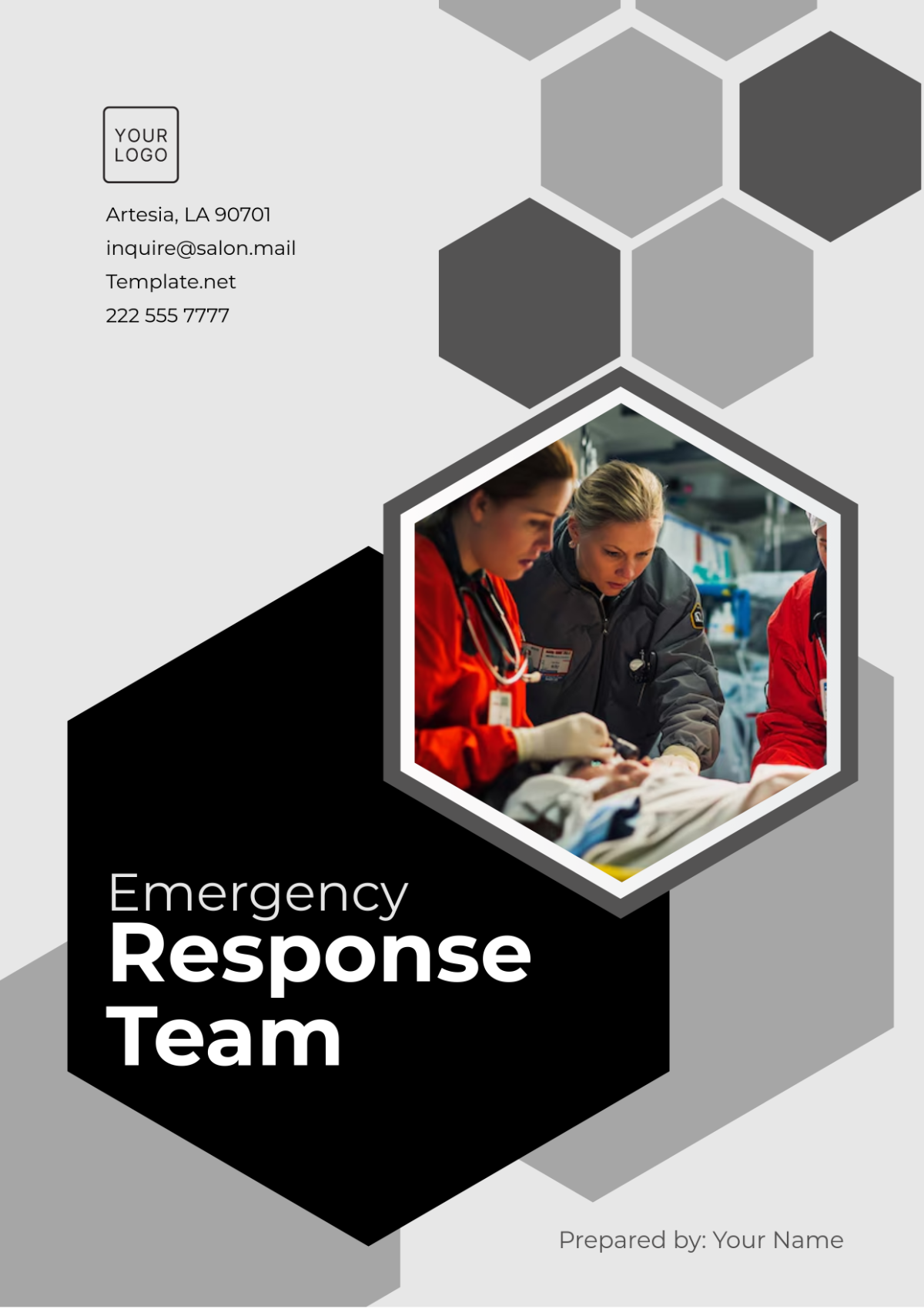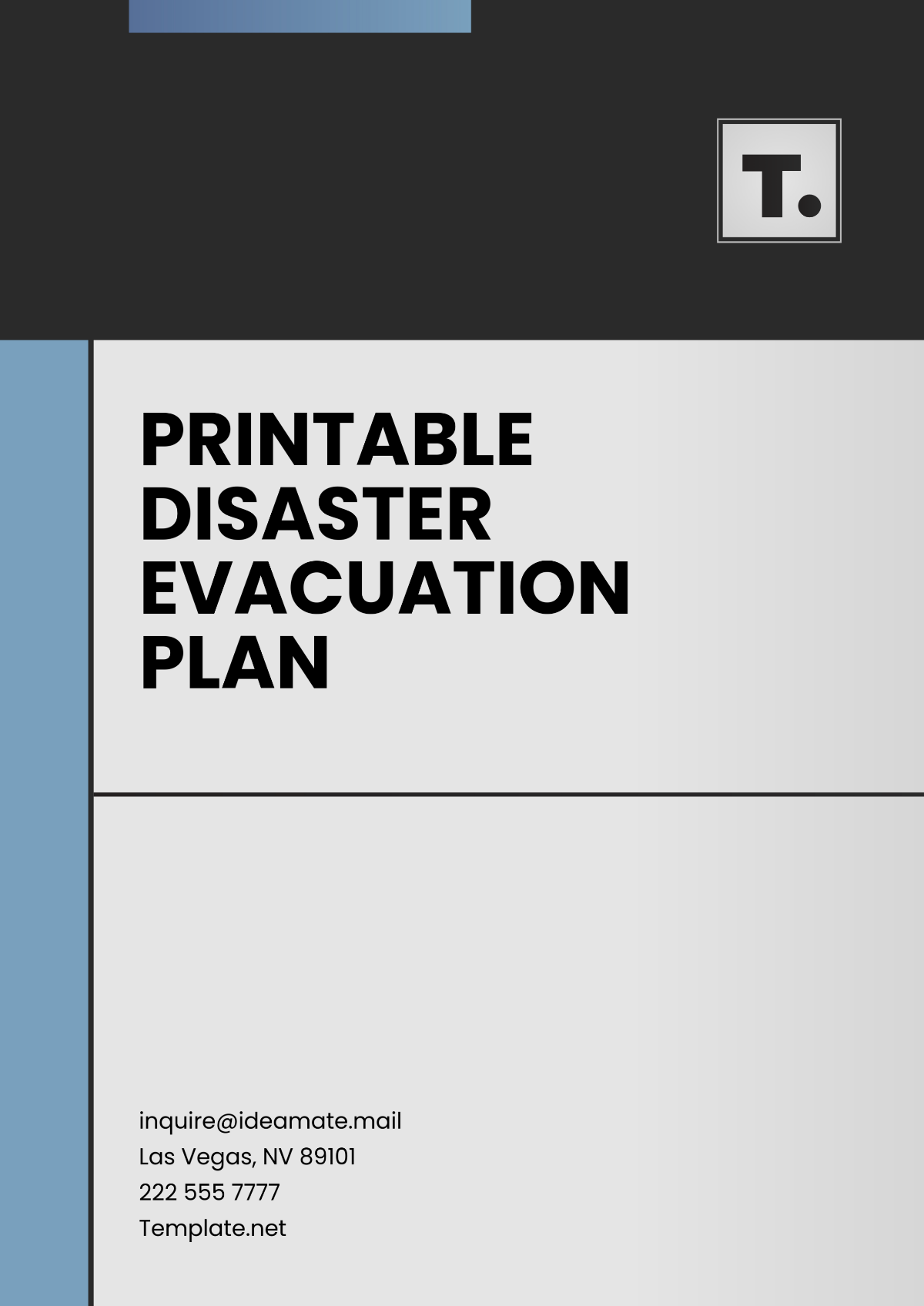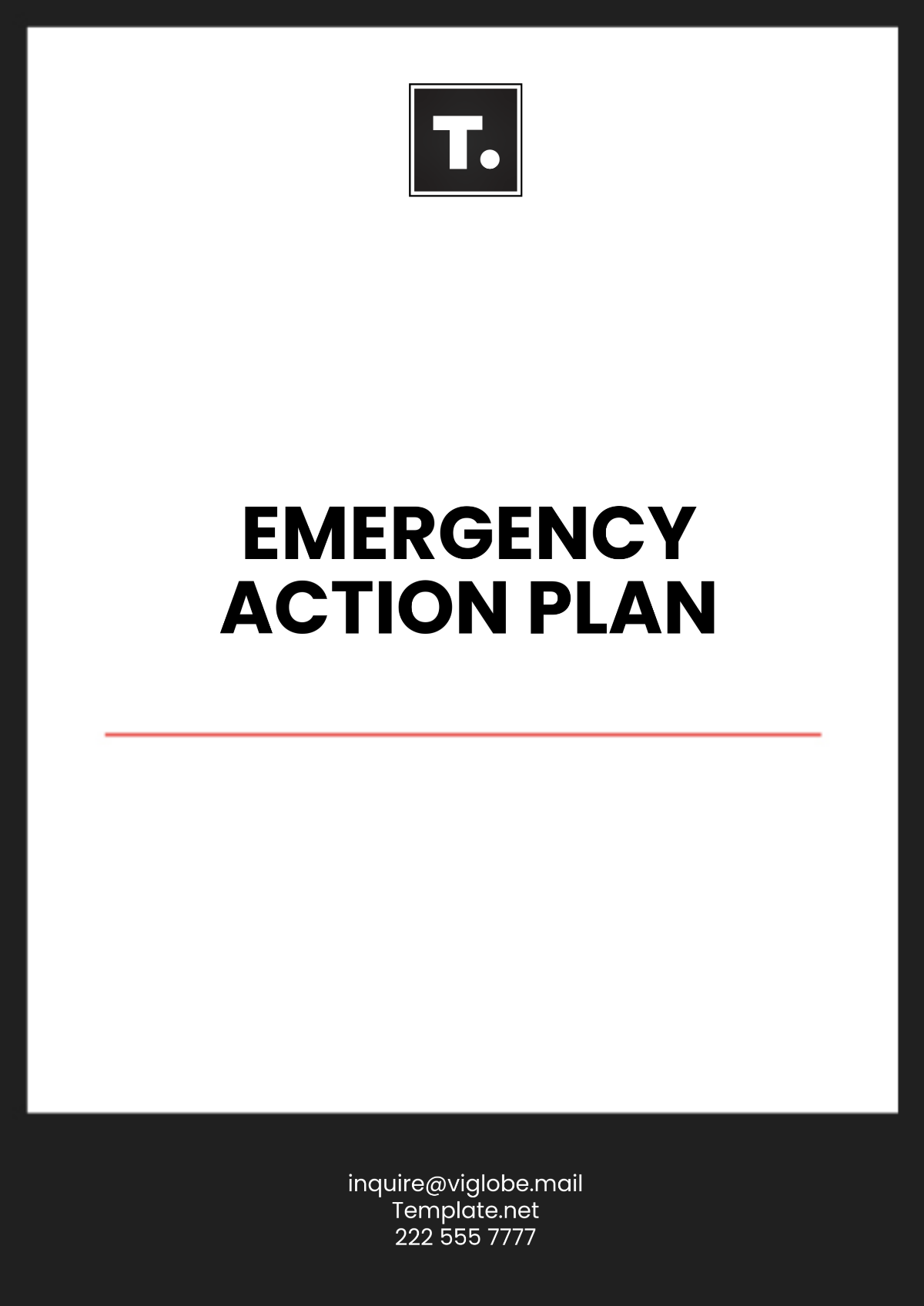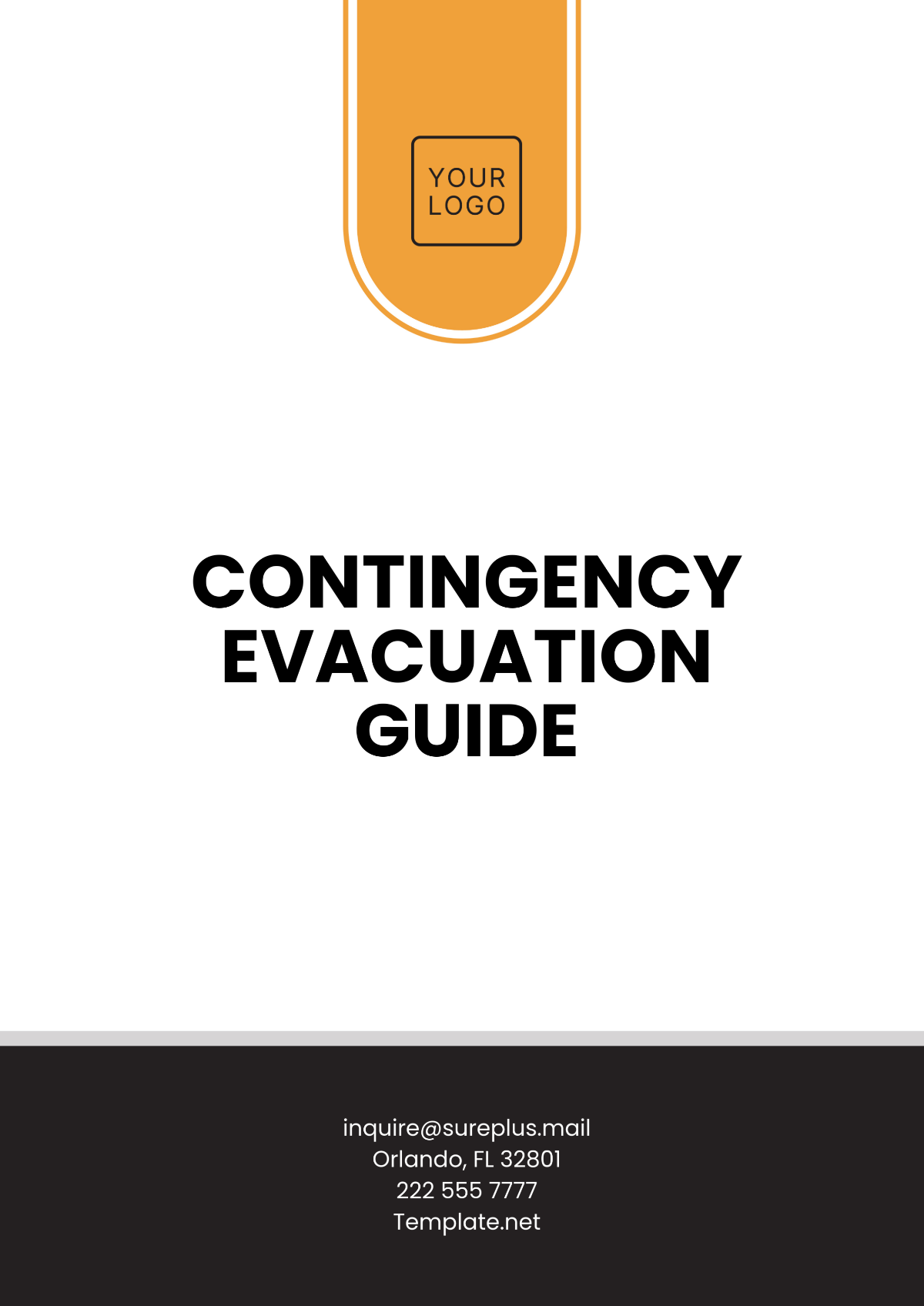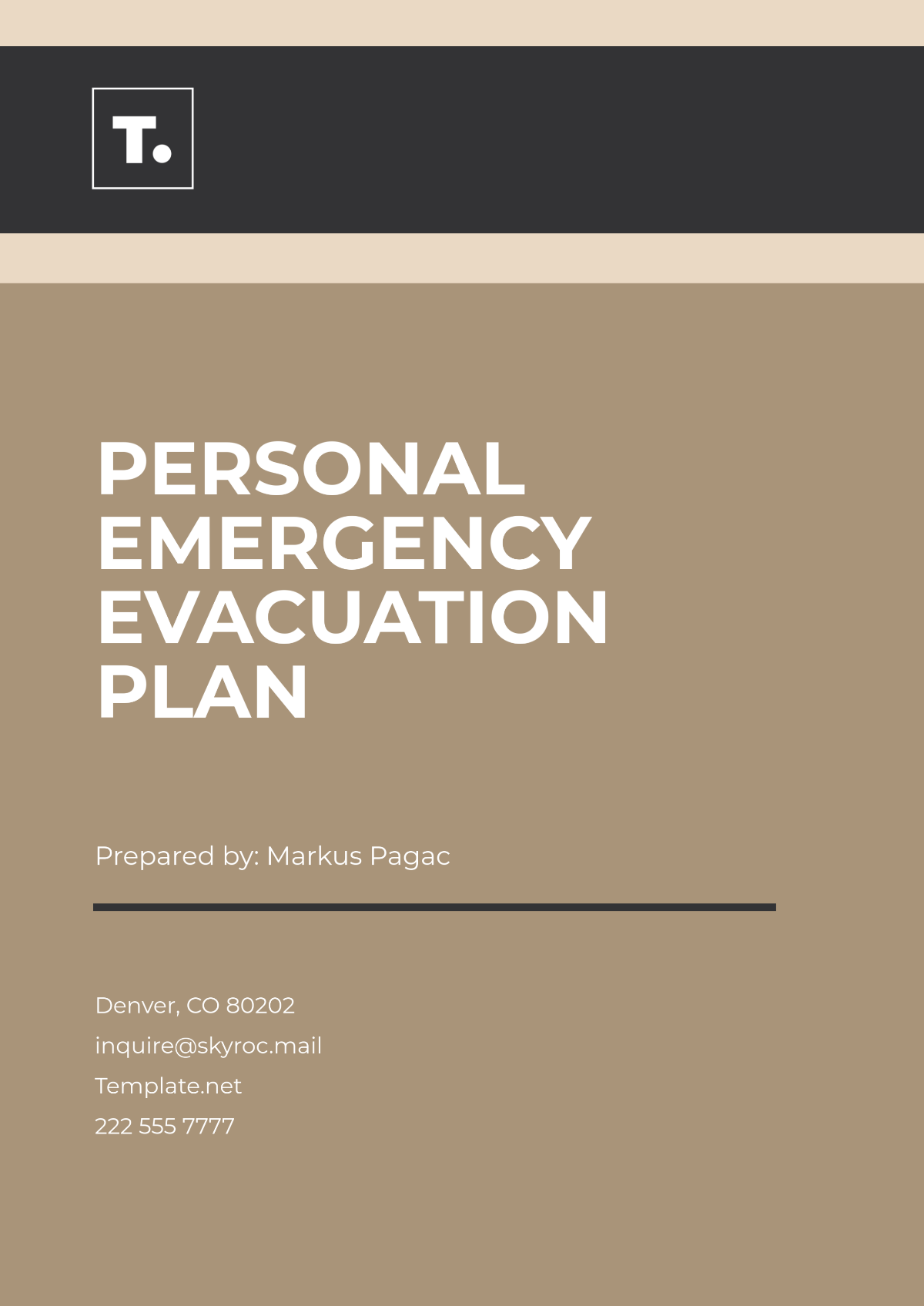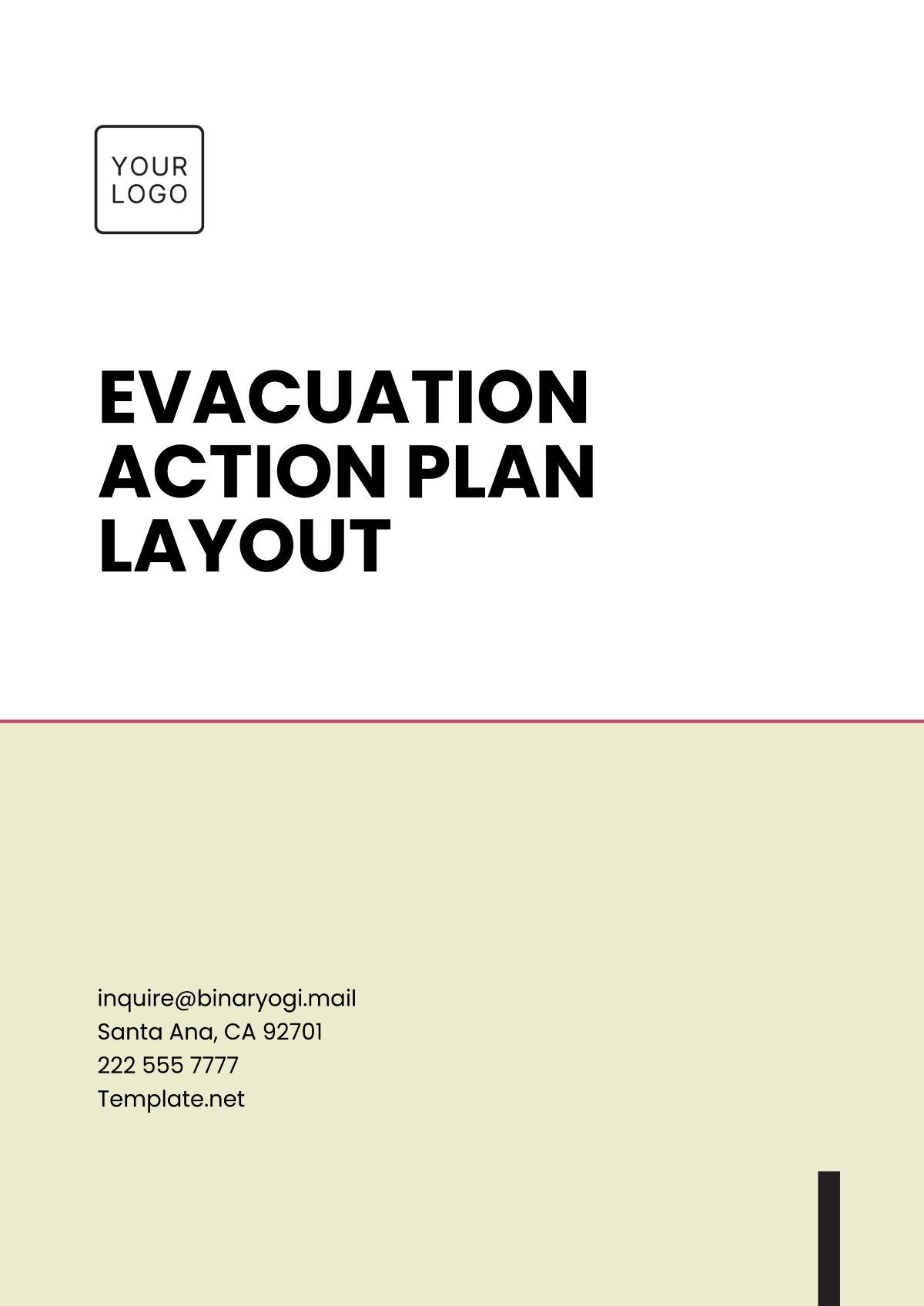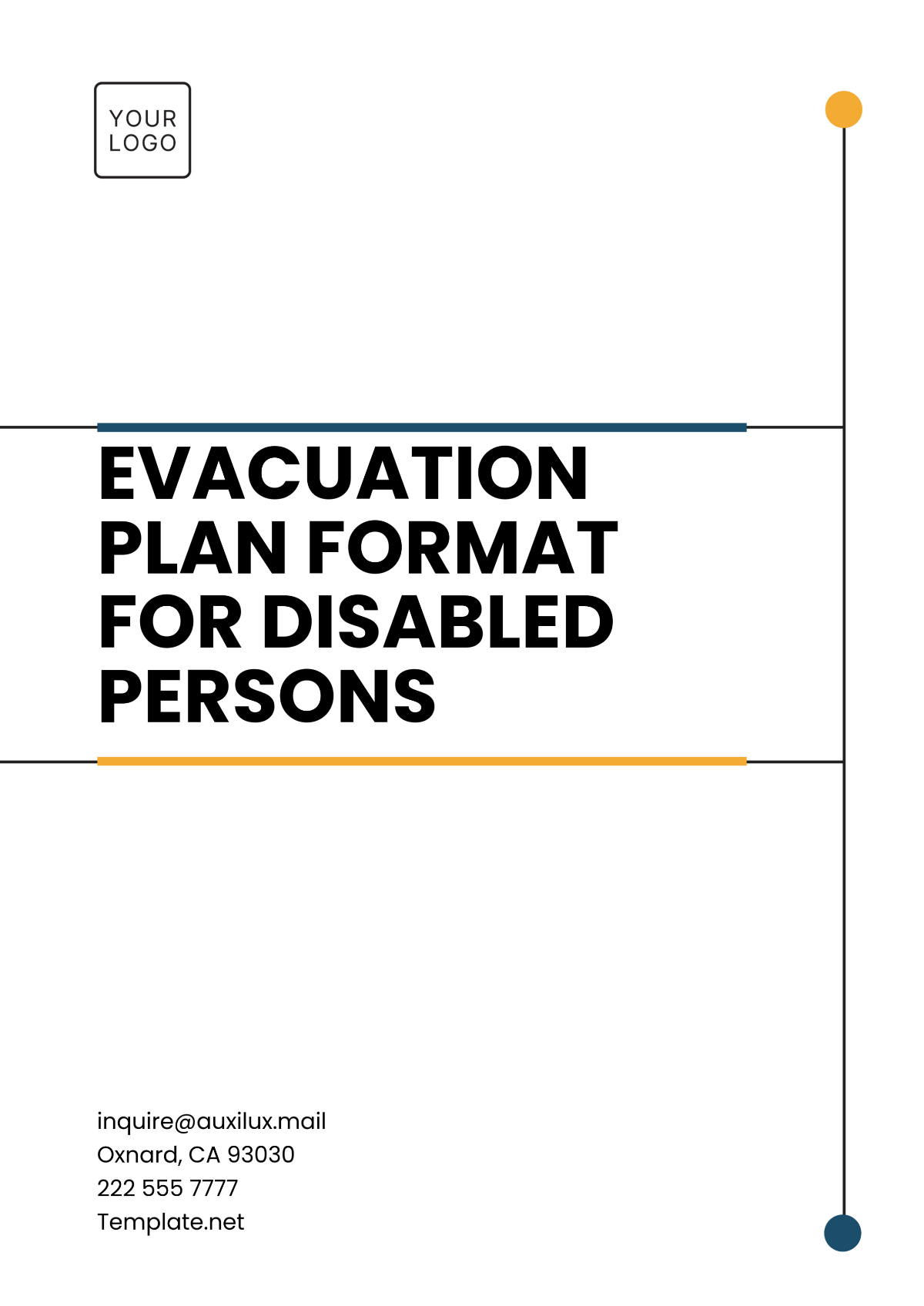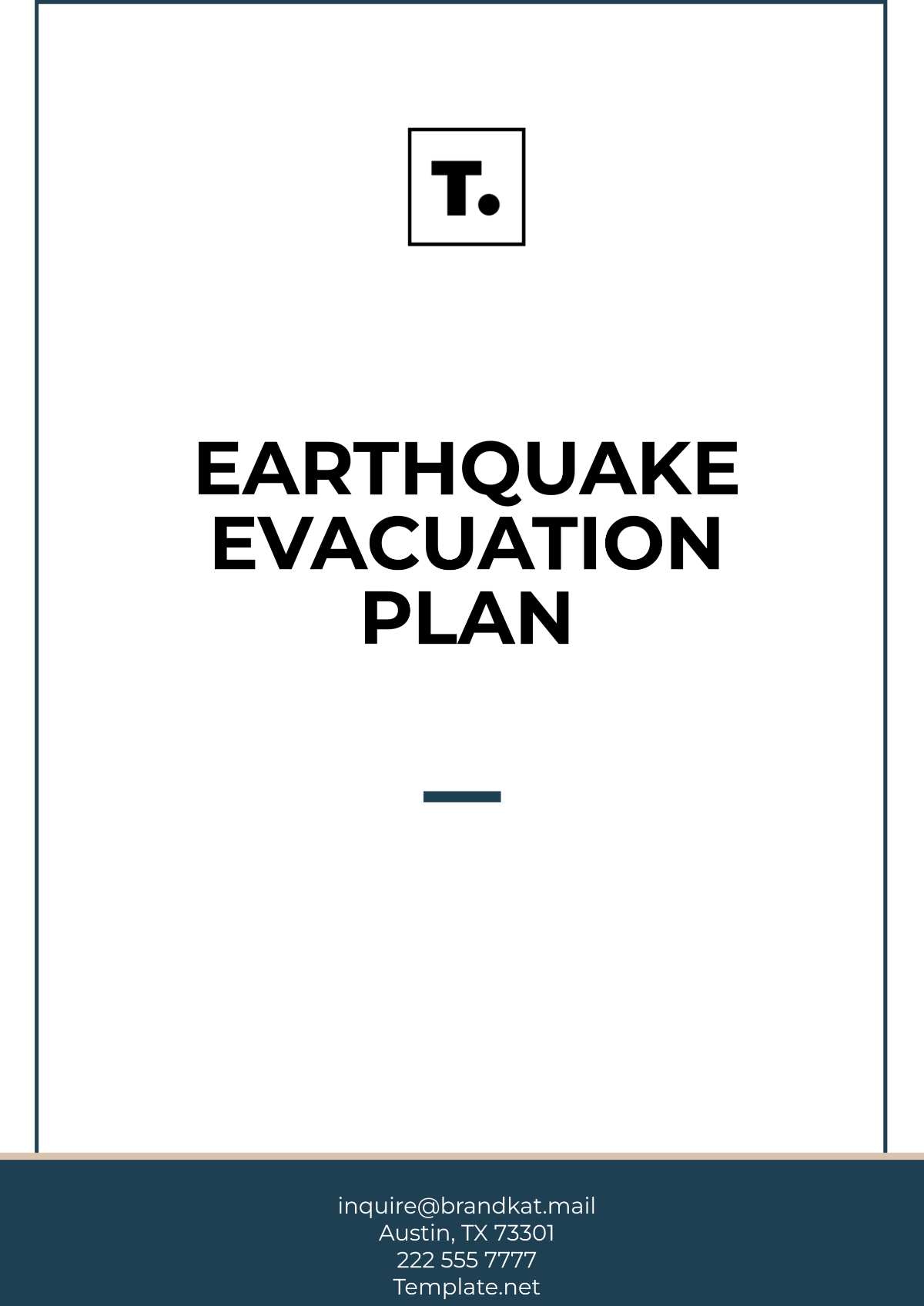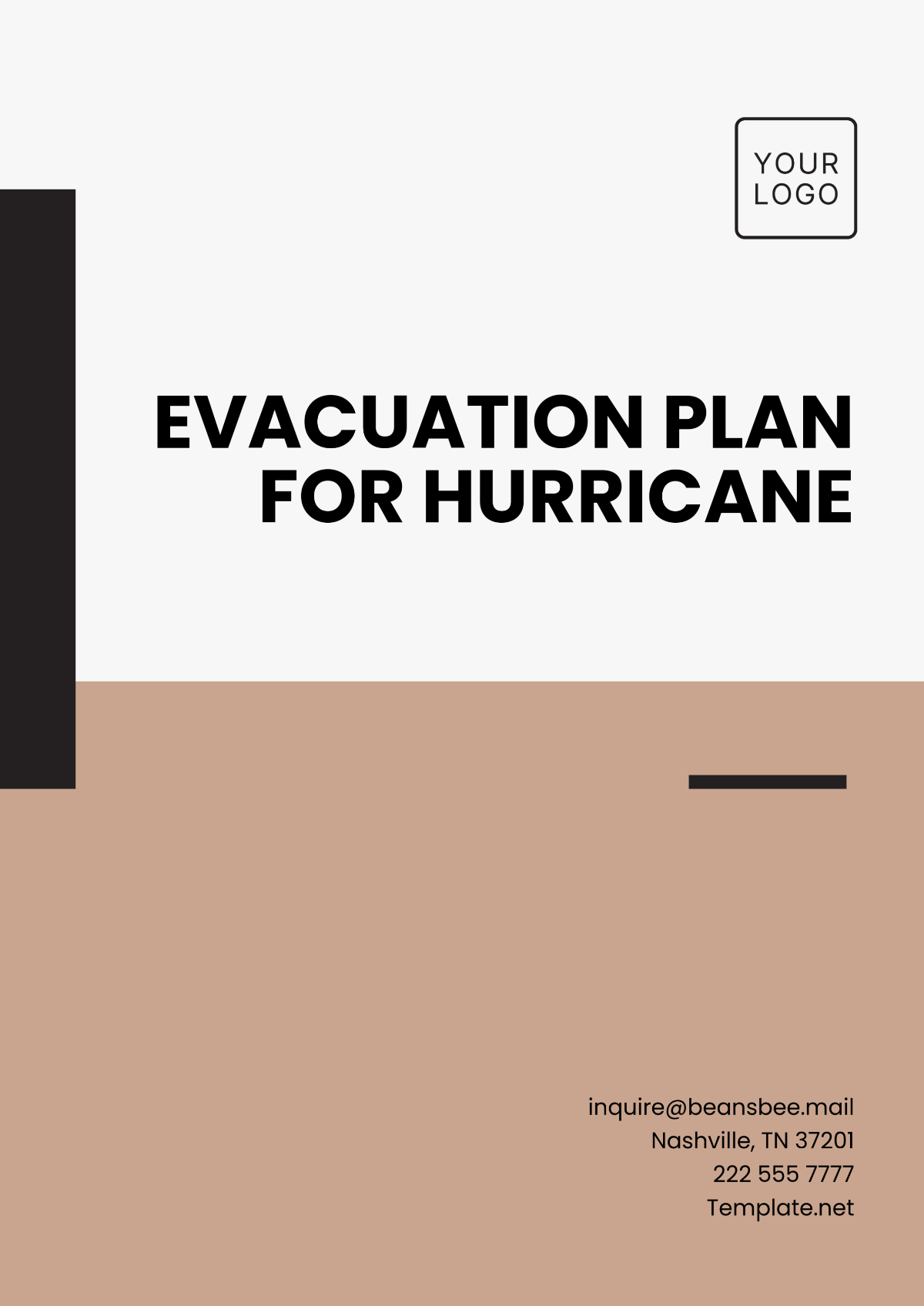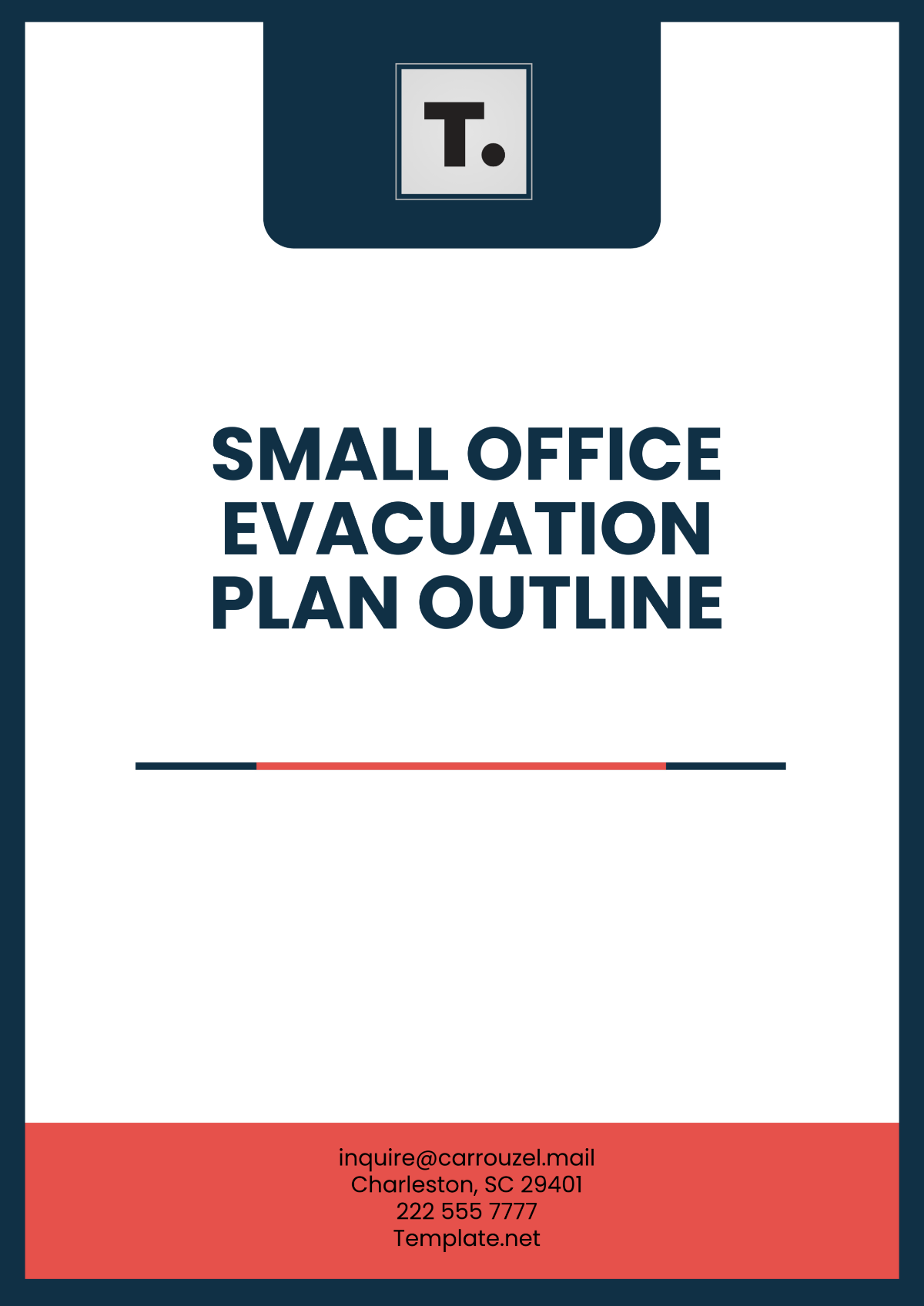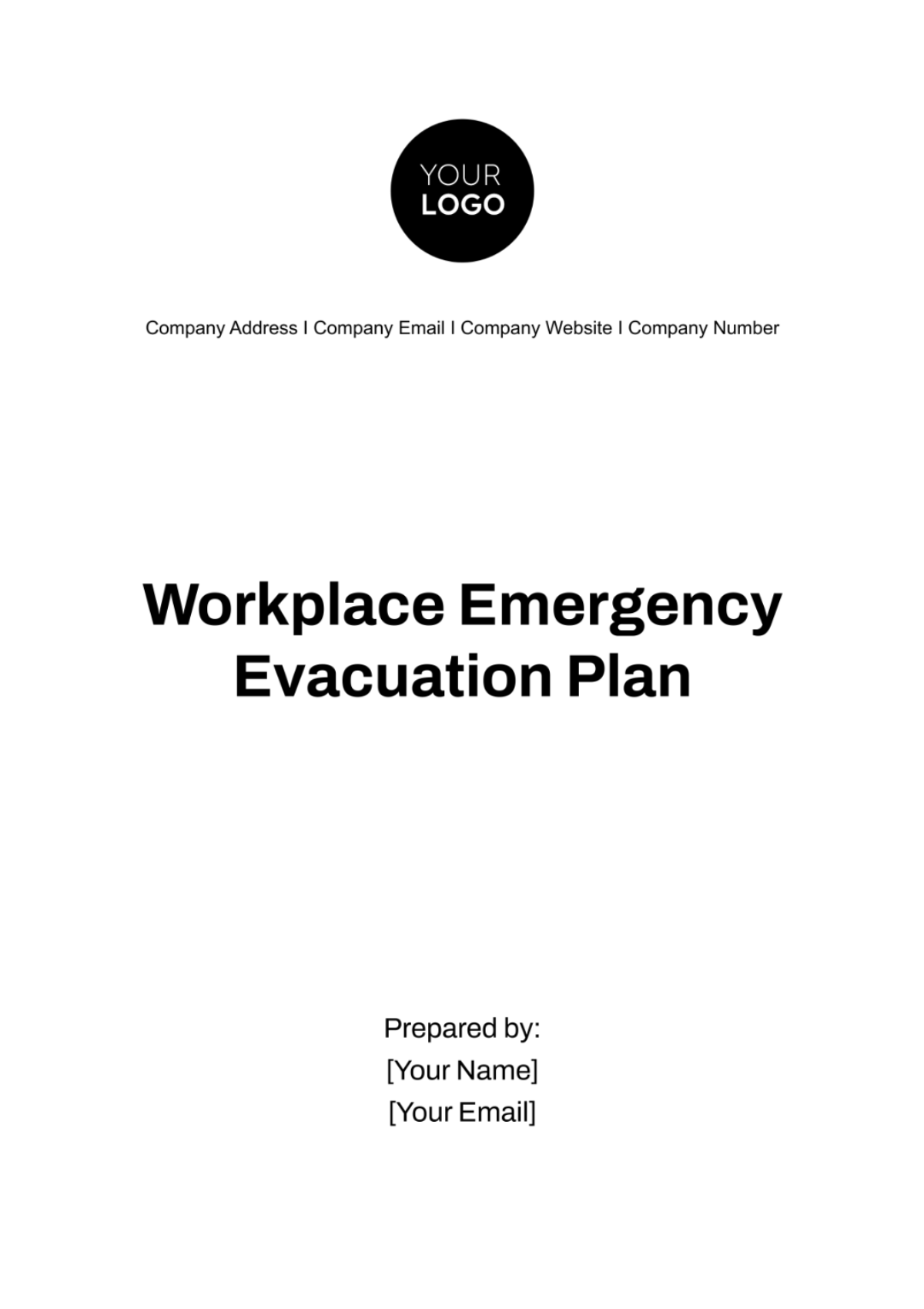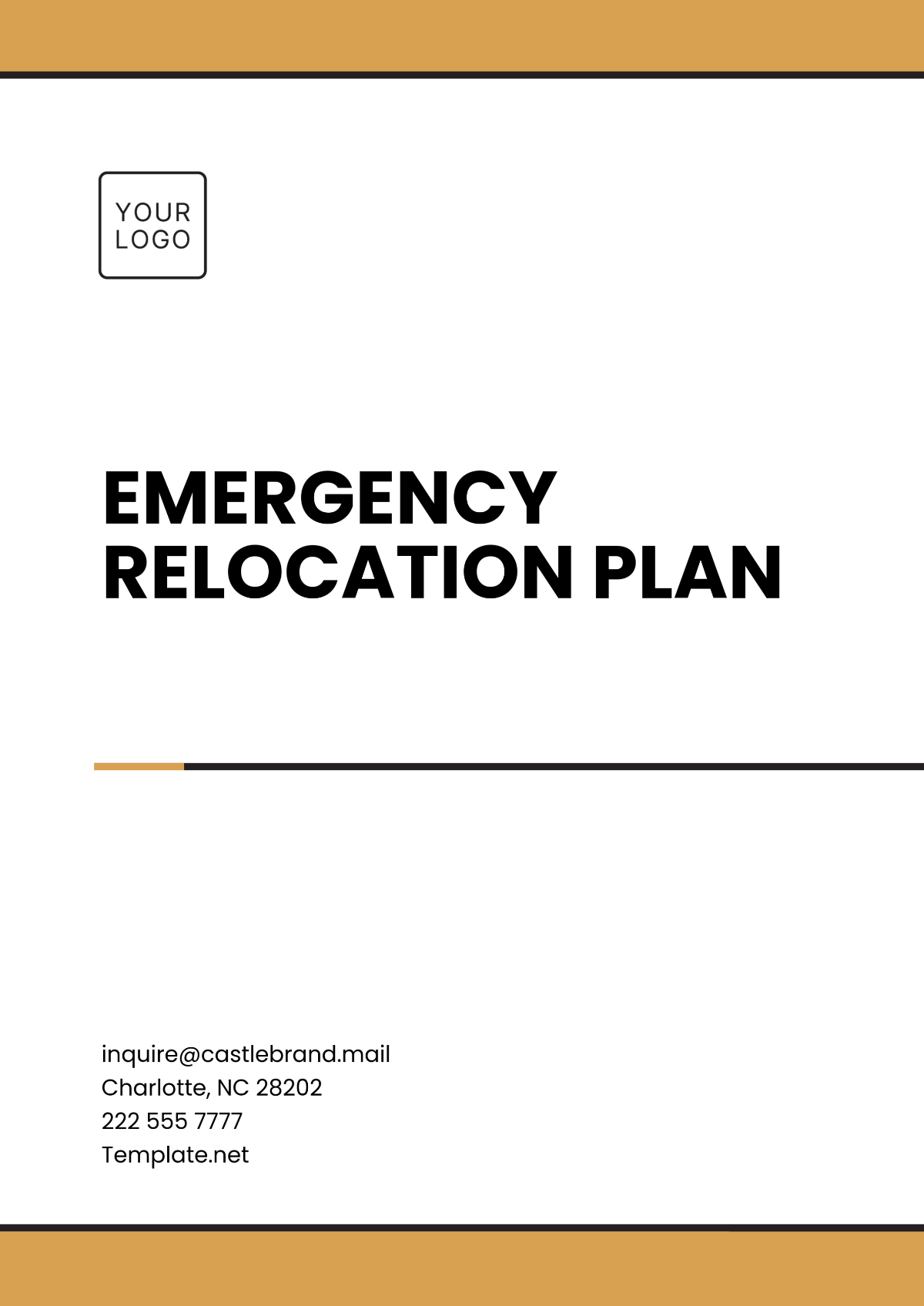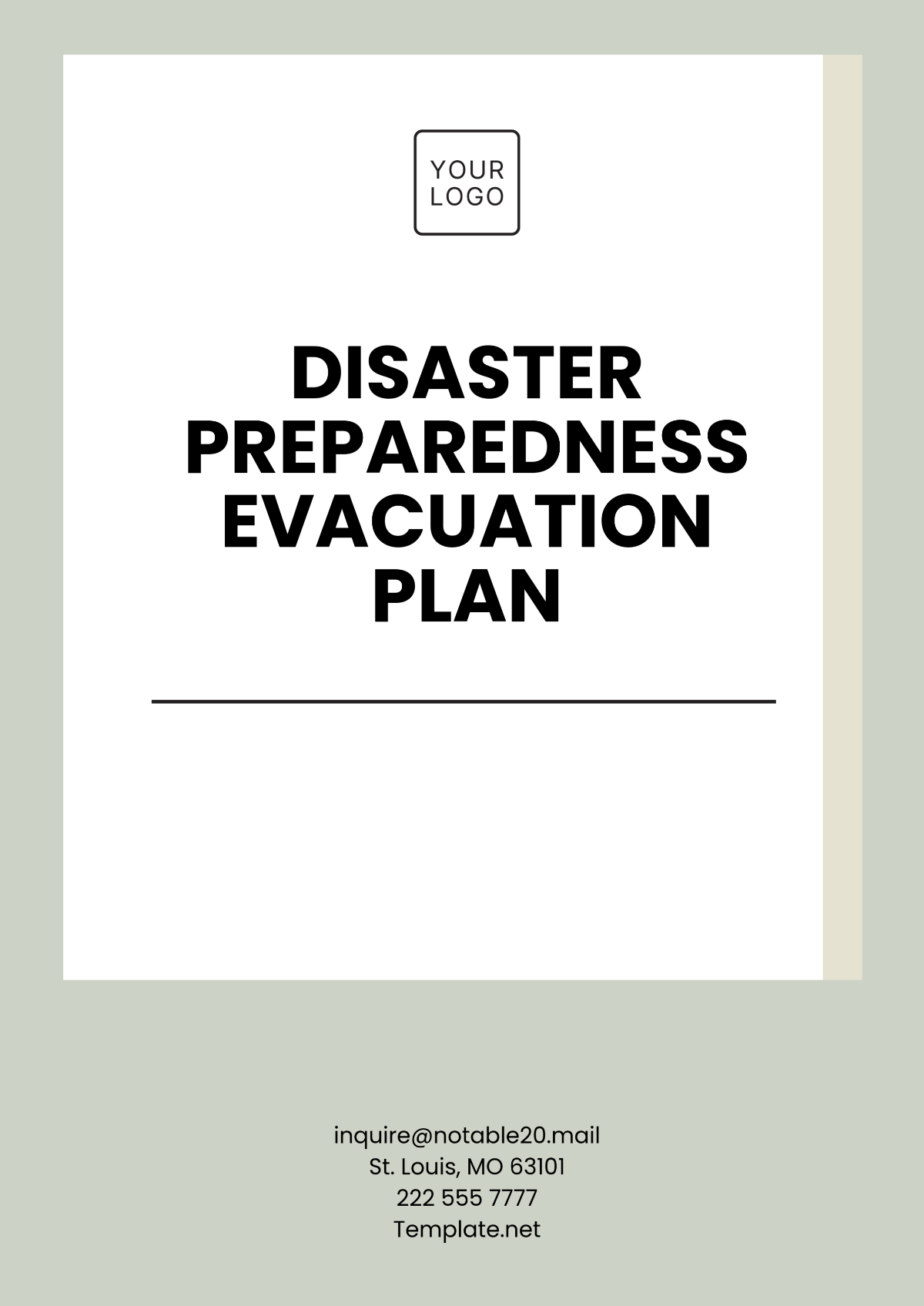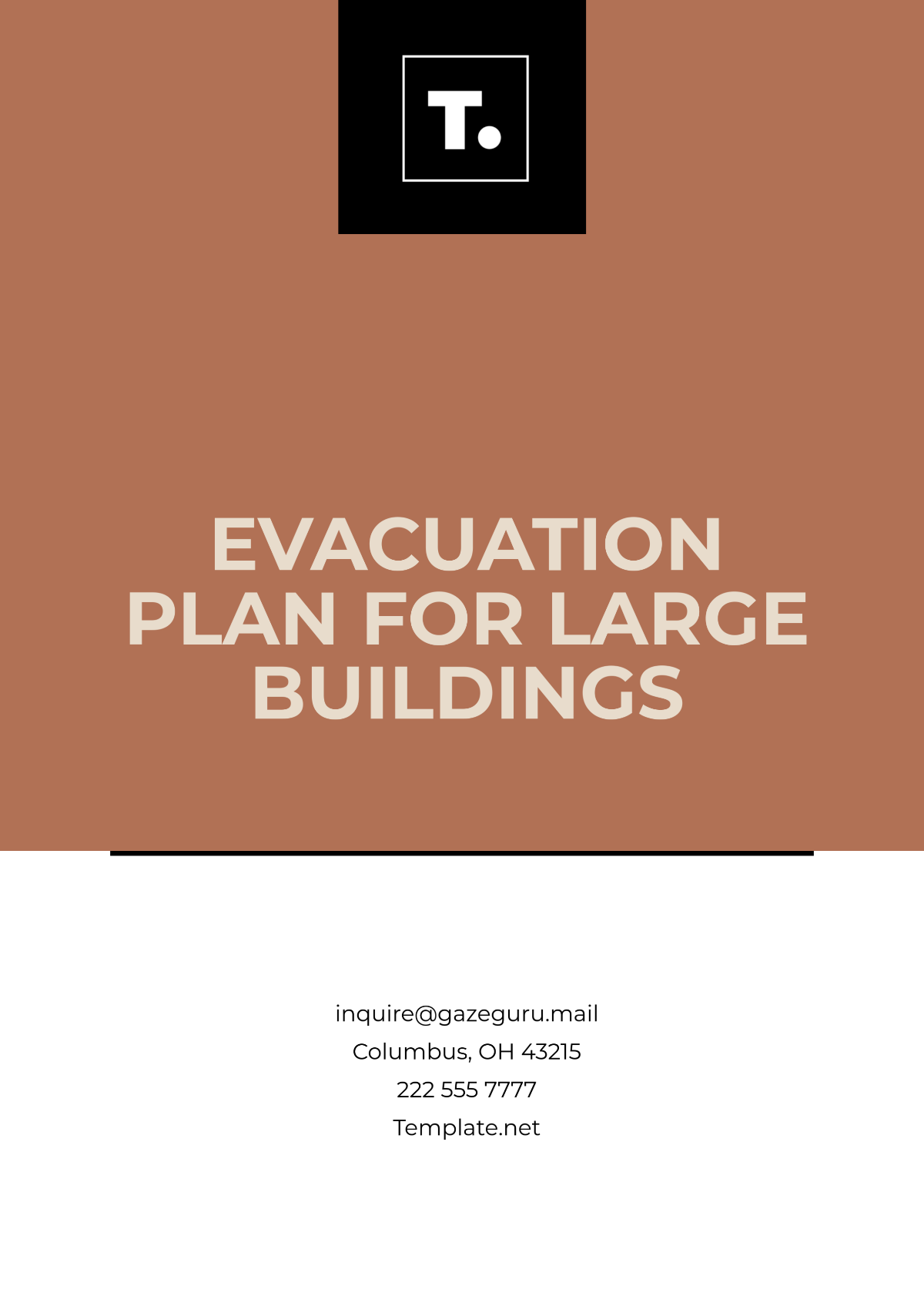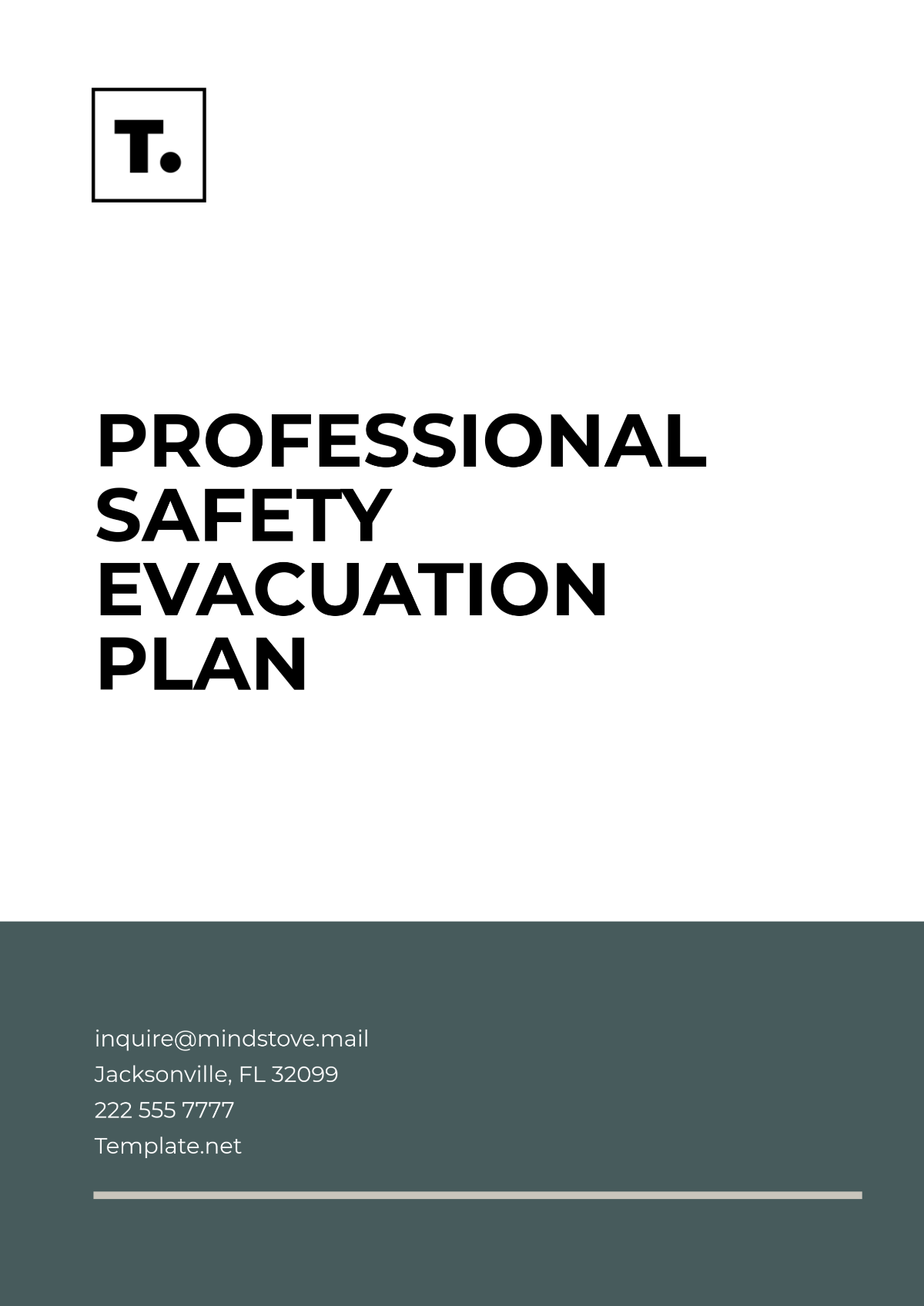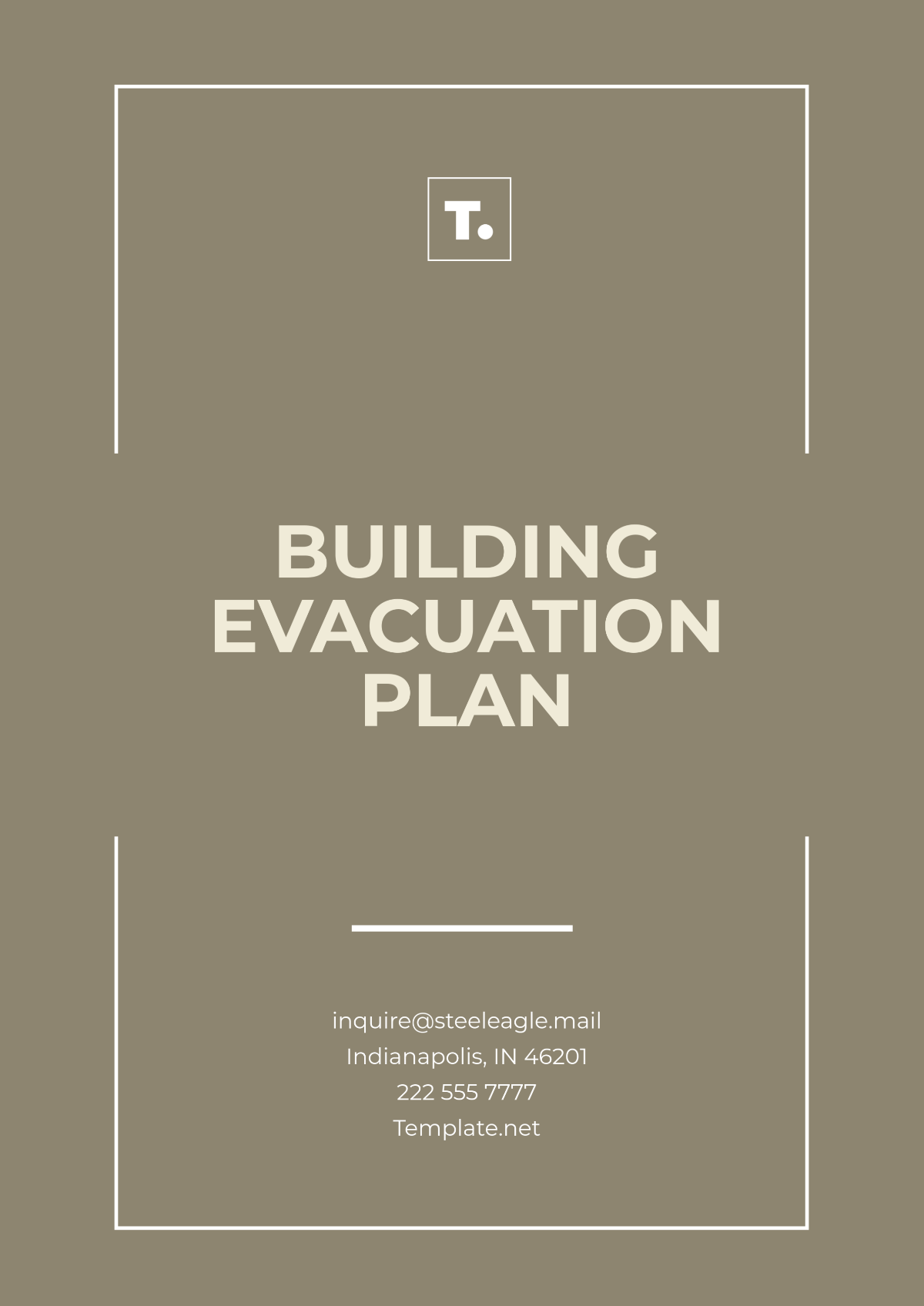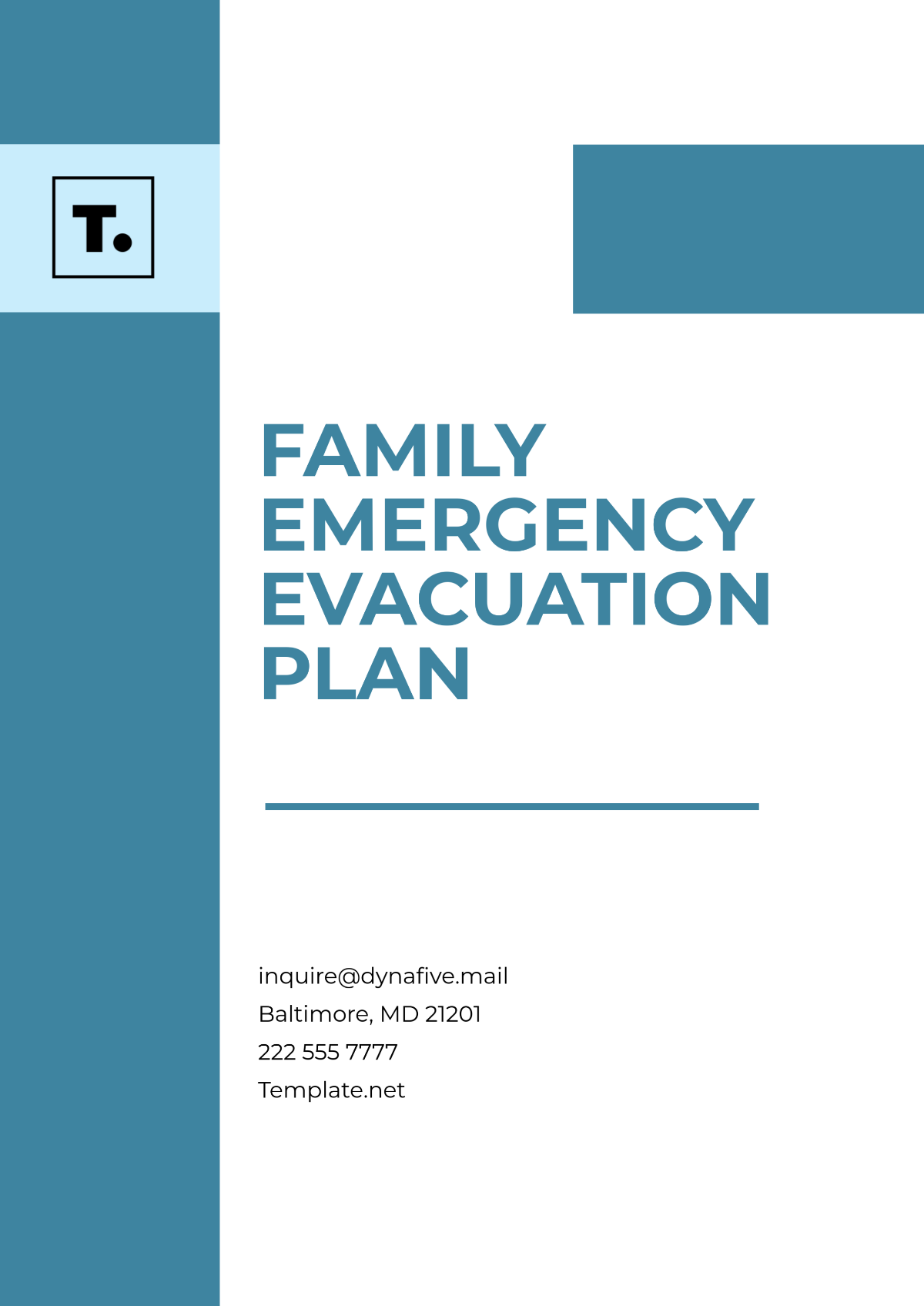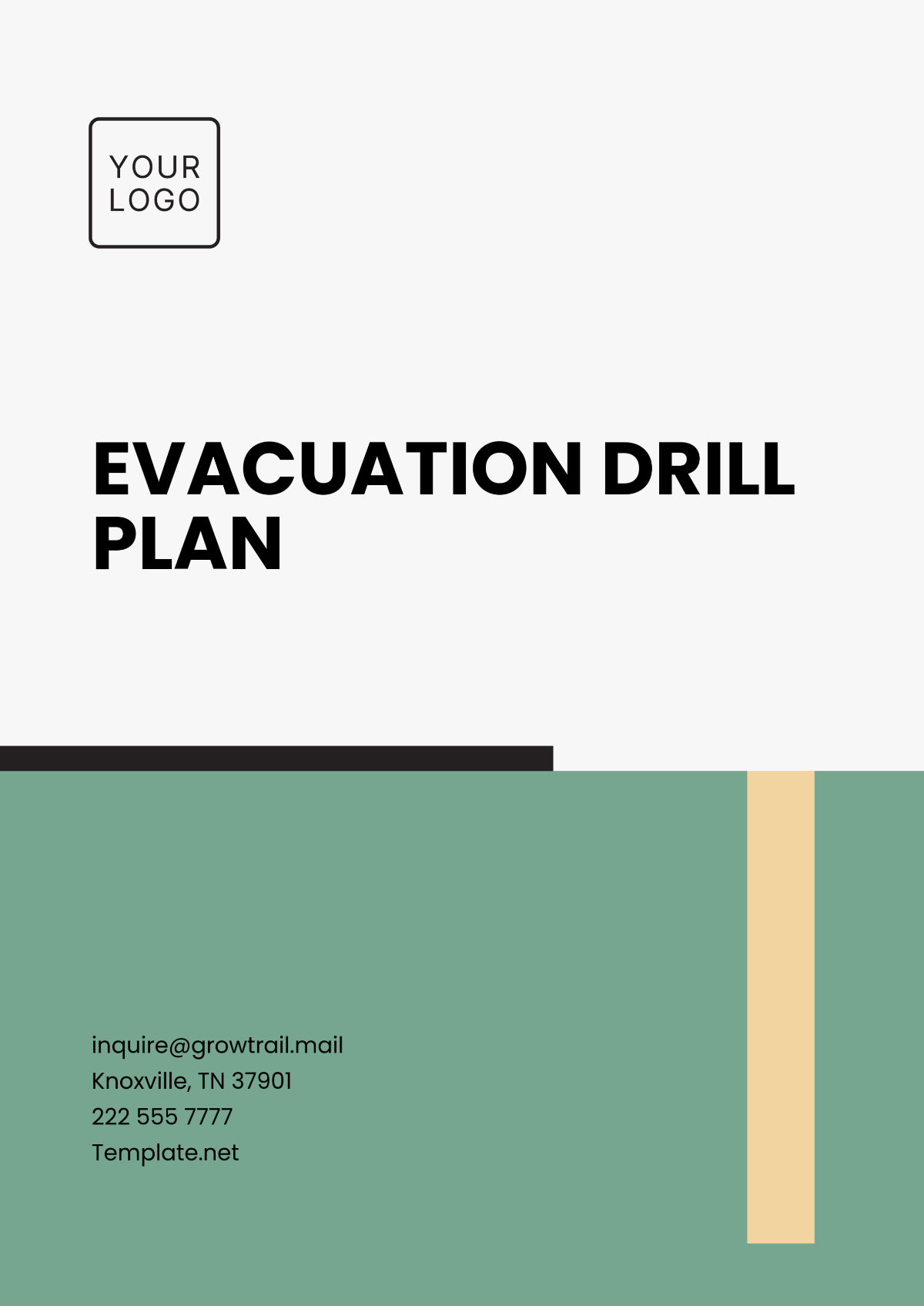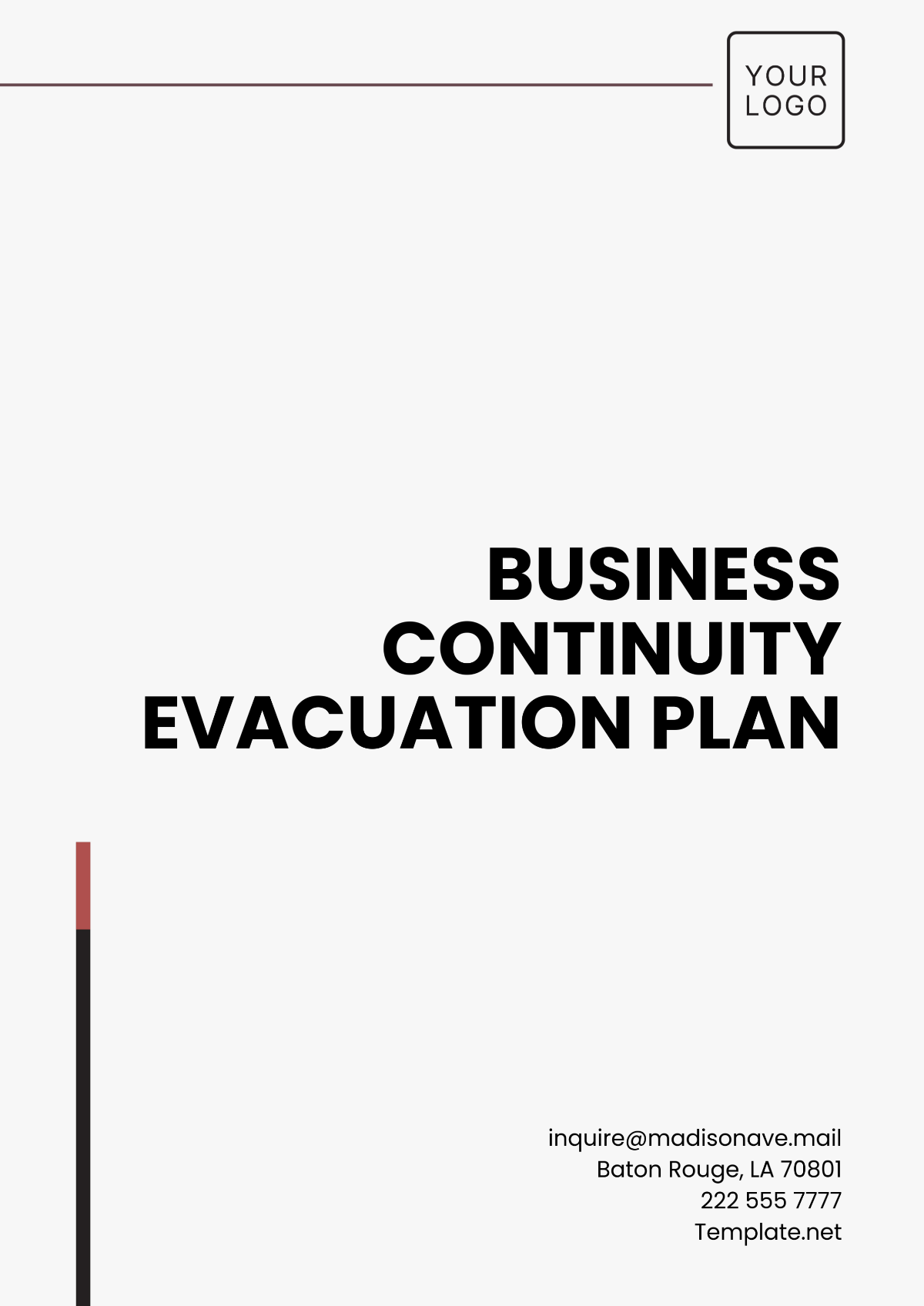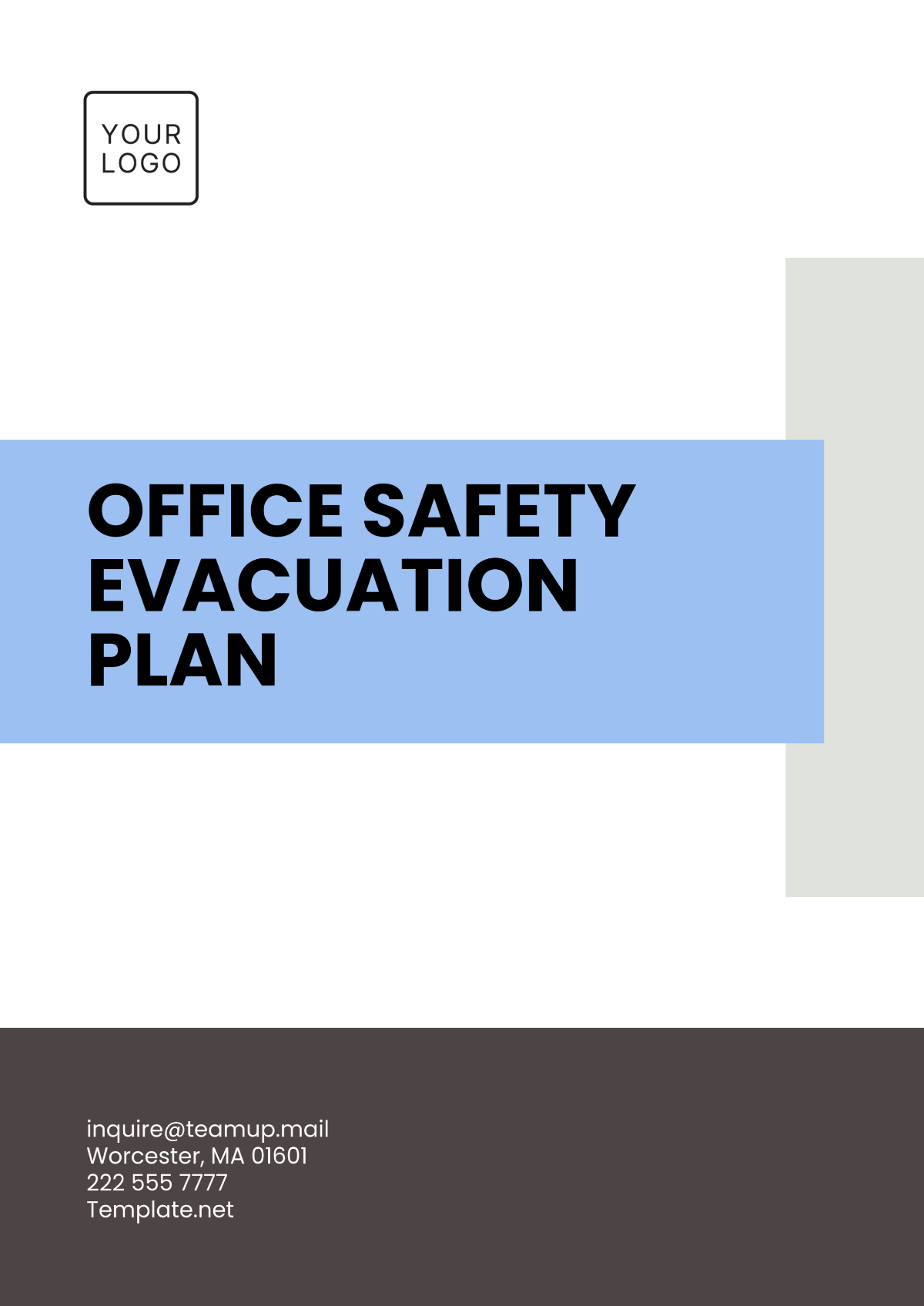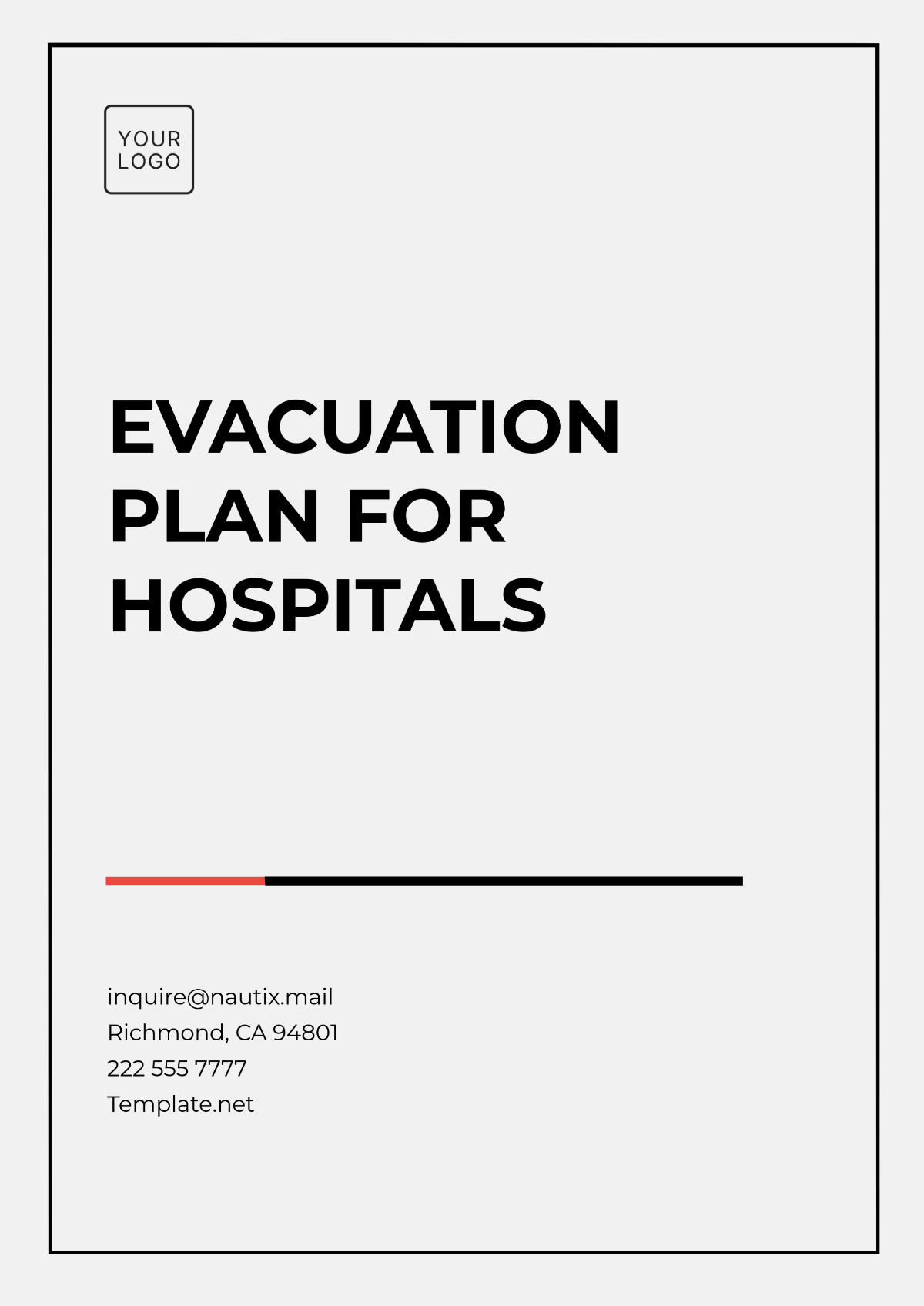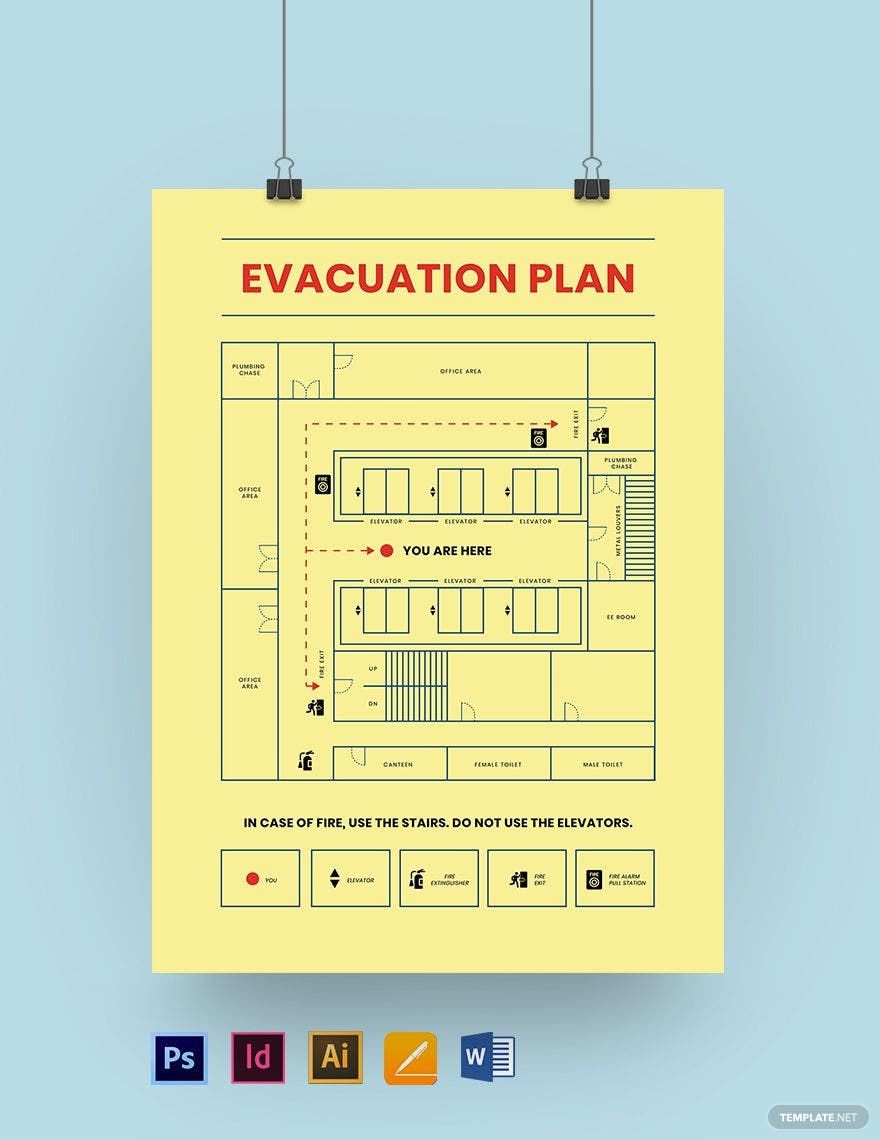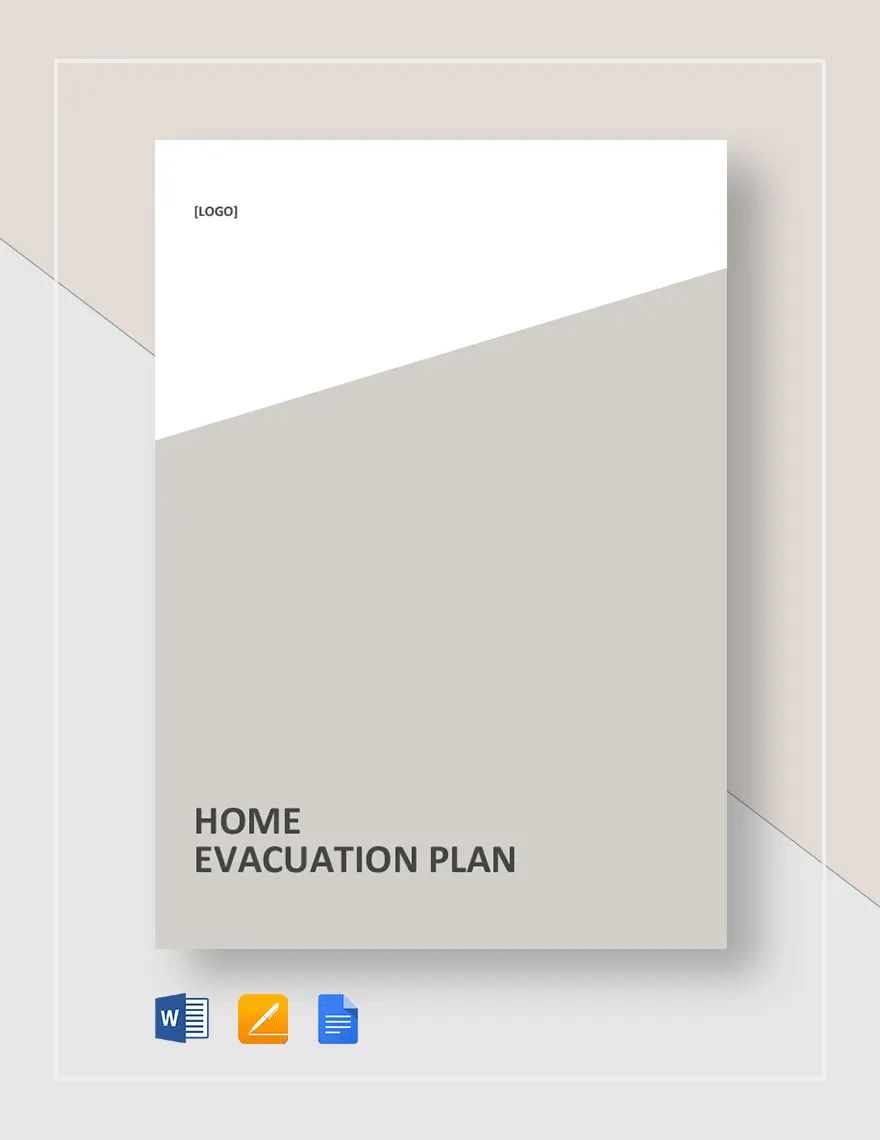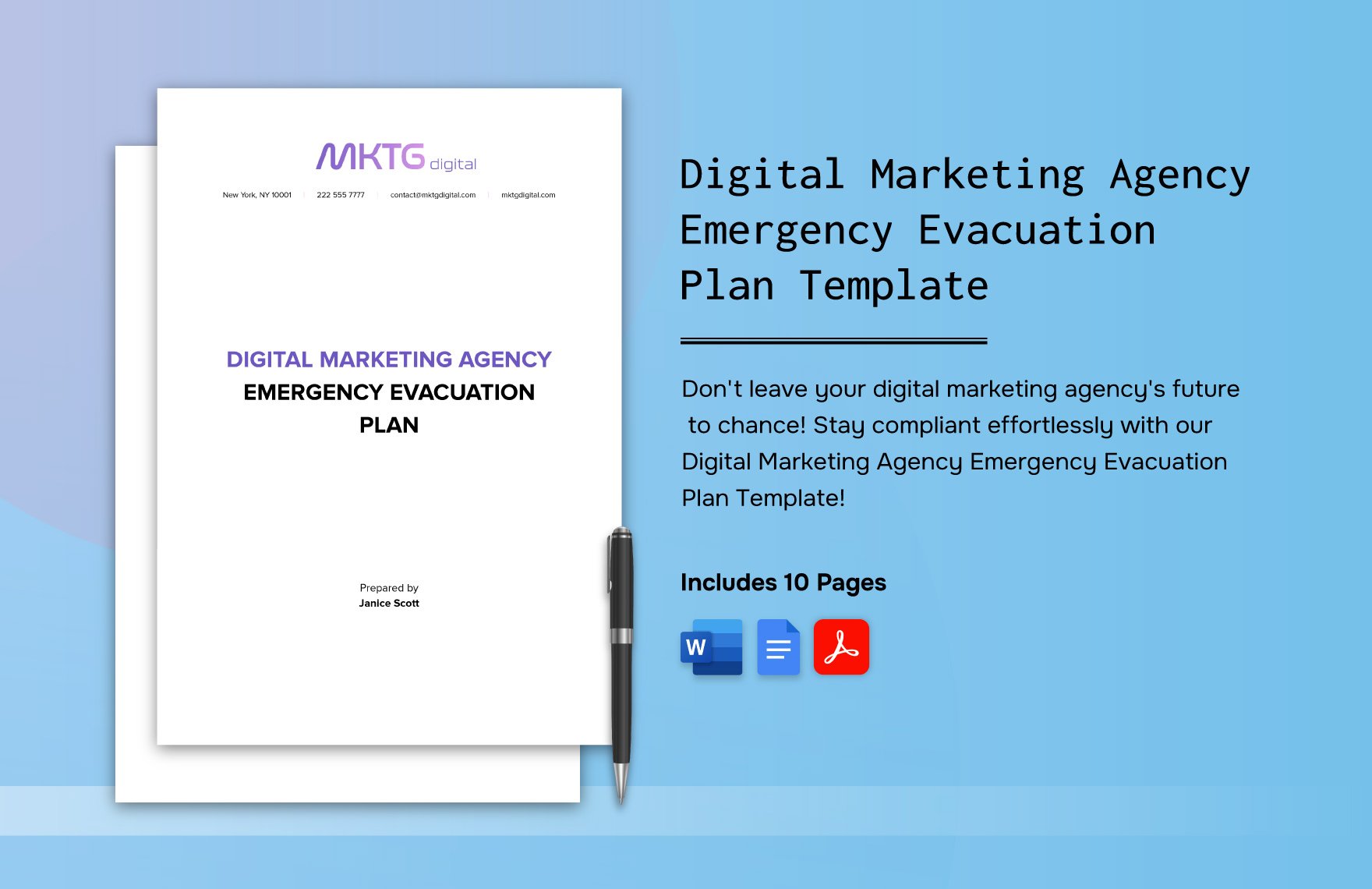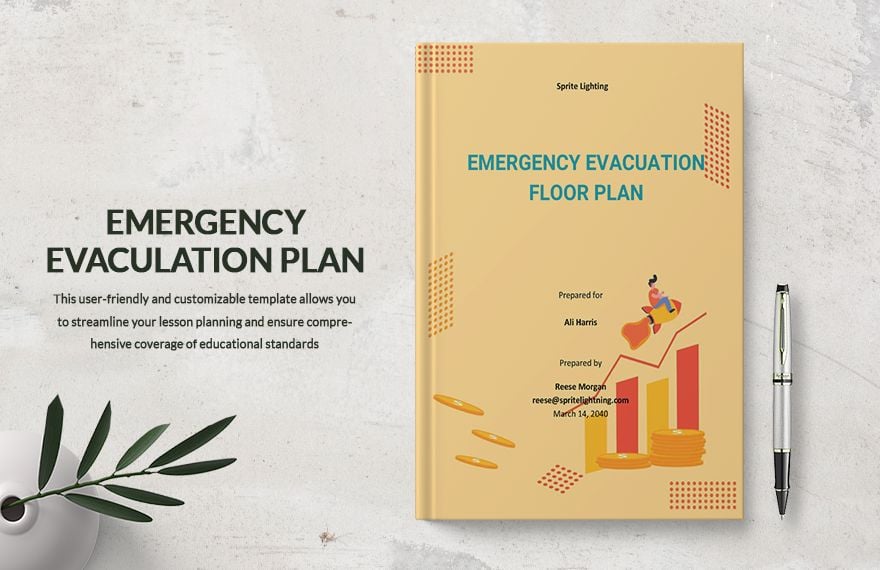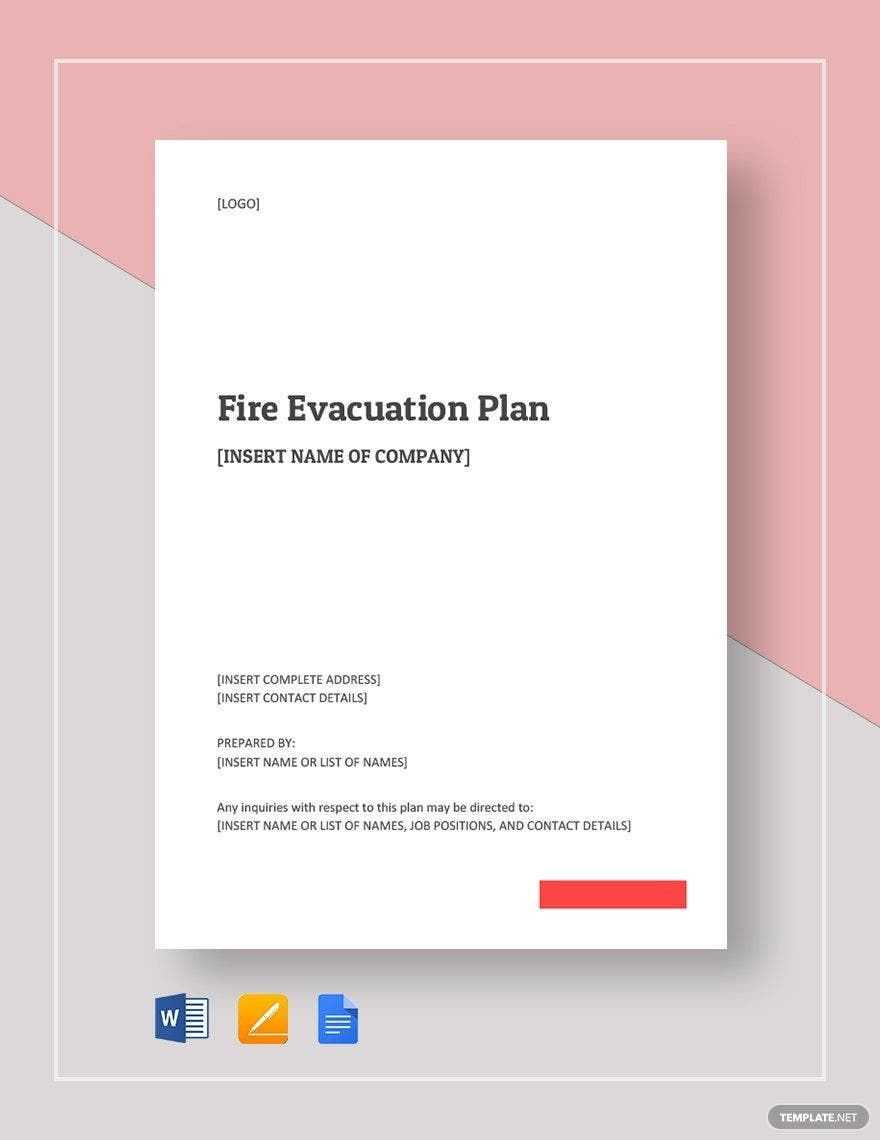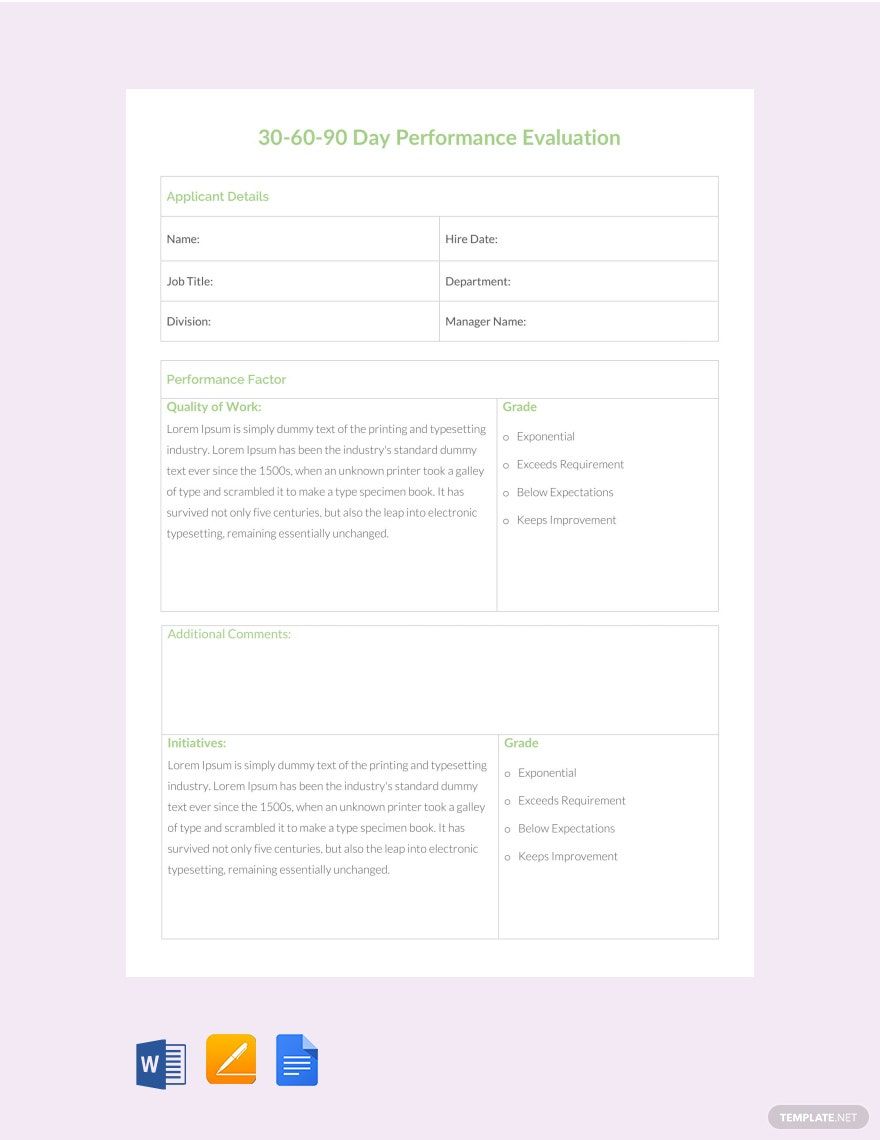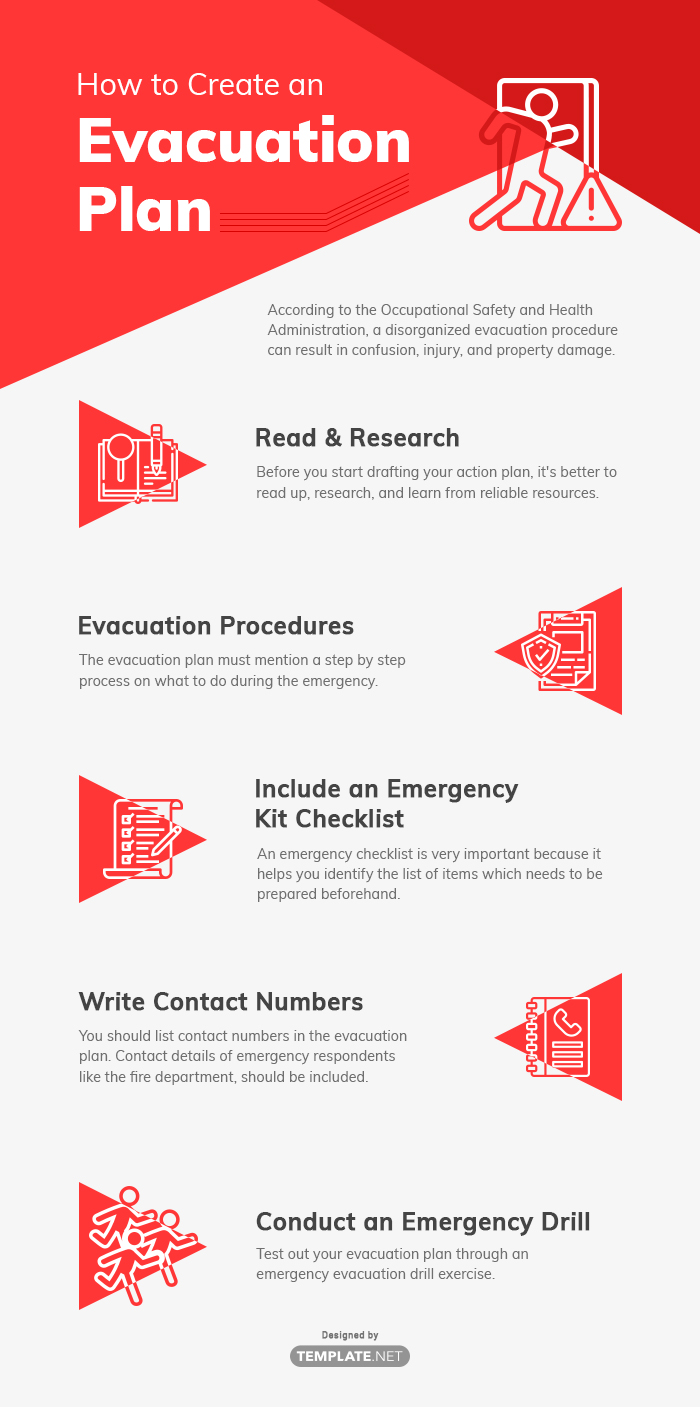According to the Occupational Safety and Health Administration, a disorganized evacuation procedure can result in confusion, injury, and property damage. When developing your evacuation action plan, it's important to determine all the factors that might affect the flow of evacuation.
An evacuation plan should be written out in detail, check out the pro tips below on how to make a plan or a safety checklist for household and workplace uses.
1. Read and Research
Before you start drafting your action plan, it's better to read up, research, and learn from reliable resources. Research is important because you'll have an idea on how to start your evacuation plan. Government sites often feature emergency plan articles applicable to different situations. Gather data about the evacuation process before, during, and after a certain emergency situation.
2. Evacuation Procedures
The evacuation plan must mention a step by step process on what to do during the emergency. Routes, exits, and assembly points should be mapped out and located. Draw an plan outline of your house or establishment and indicate the proper labels for exits and emergency equipment. Assign a key person in your establishment authorized to order an evacuation or shutdown and indicate a proper chain of command.
3. Include an Emergency Kit Checklist
A checklist is very important because it helps you identify the list of items that needs to be prepared beforehand. According to the US Department of Homeland Security, emergency kits usually contain the following: water, food, batteries, flashlights, first aid kits, local maps, radio, and more. An emergency supplies kit is a collection of basic items your household may need in the event of an emergency.
4. Write Contact Numbers
You should list contact numbers in the evacuation plan format. Contact details of emergency respondents like the fire department should be included. In a household situation, this list of contact details must include the nearest family members, friends, and relatives. Through this, you can maintain contact and take the best actions if you get separated.
5. Conduct an Emergency Drill
Test out your evacuation plan through an emergency evacuation drill exercise. Teach your family, students, or coworkers on what you have researched and made. A drill exercise is the best way of teaching them how to do things during unforeseen situations. A school plan and emergency drills are also very important because it allows the children to picture out emergencies and how they should handle them independently.
